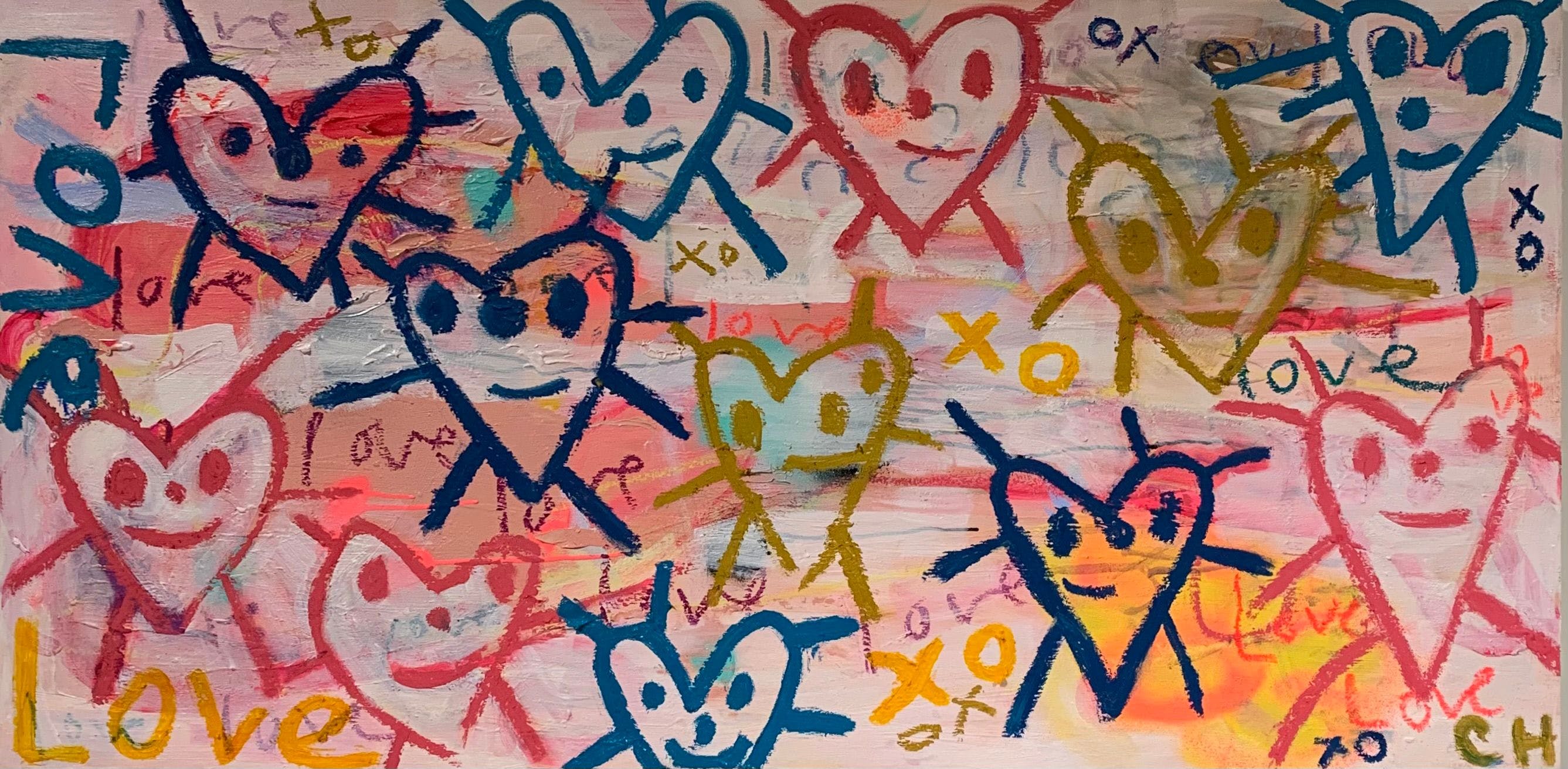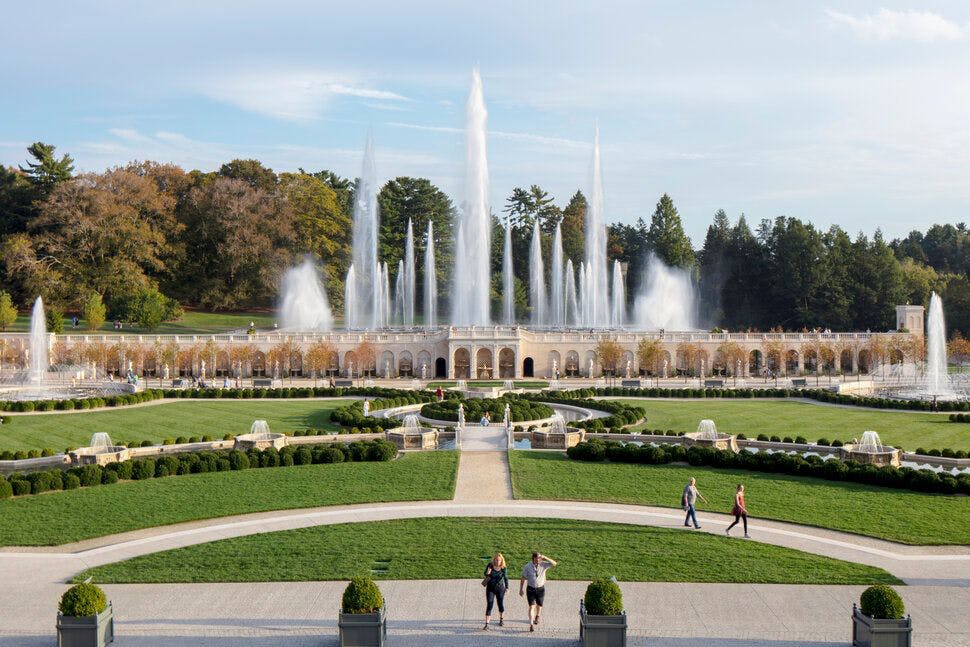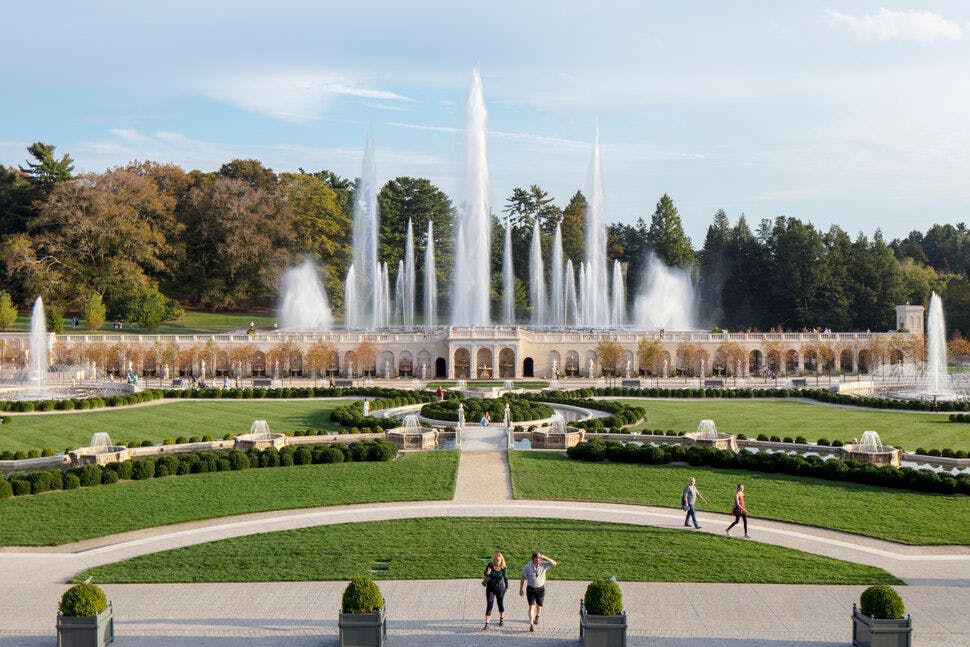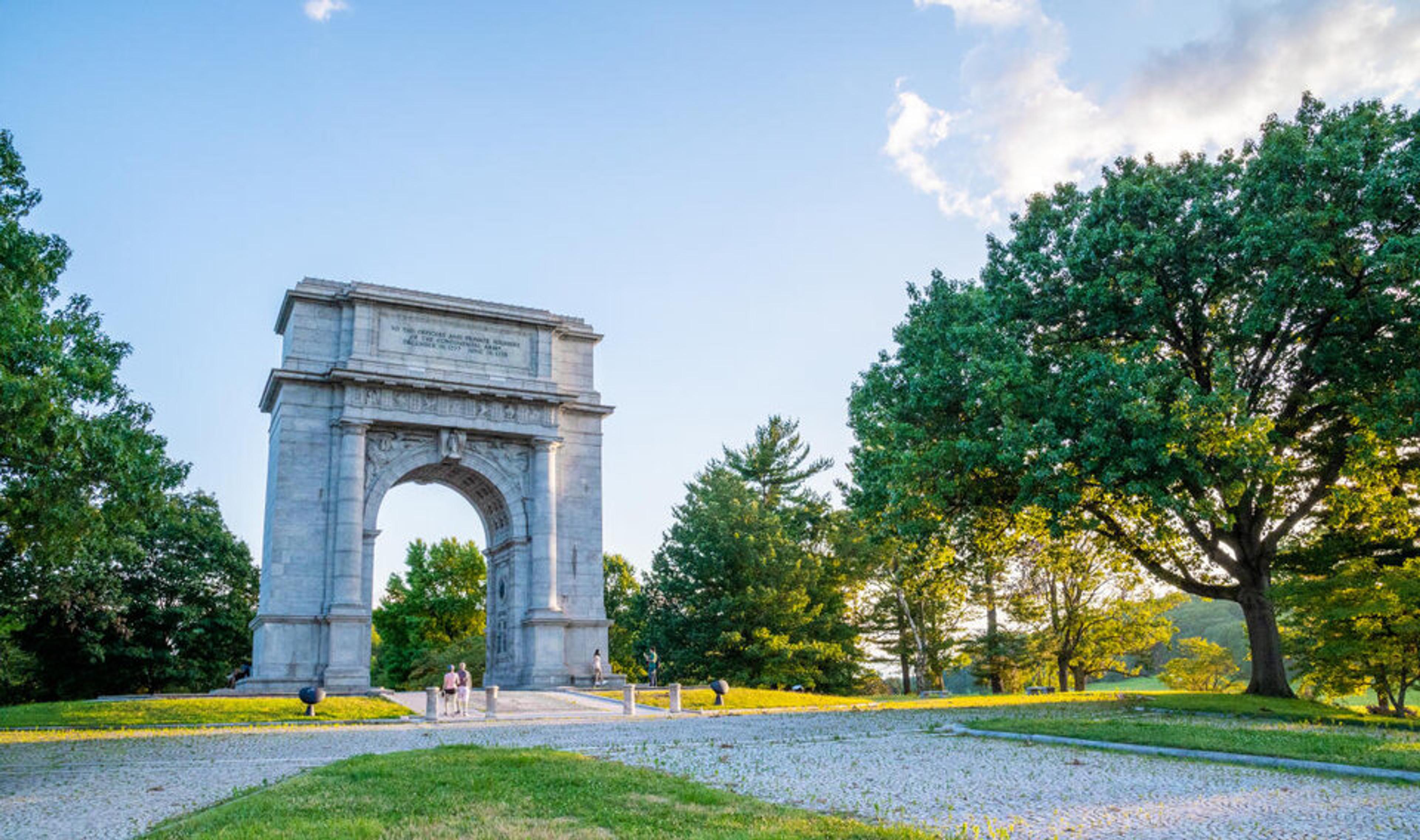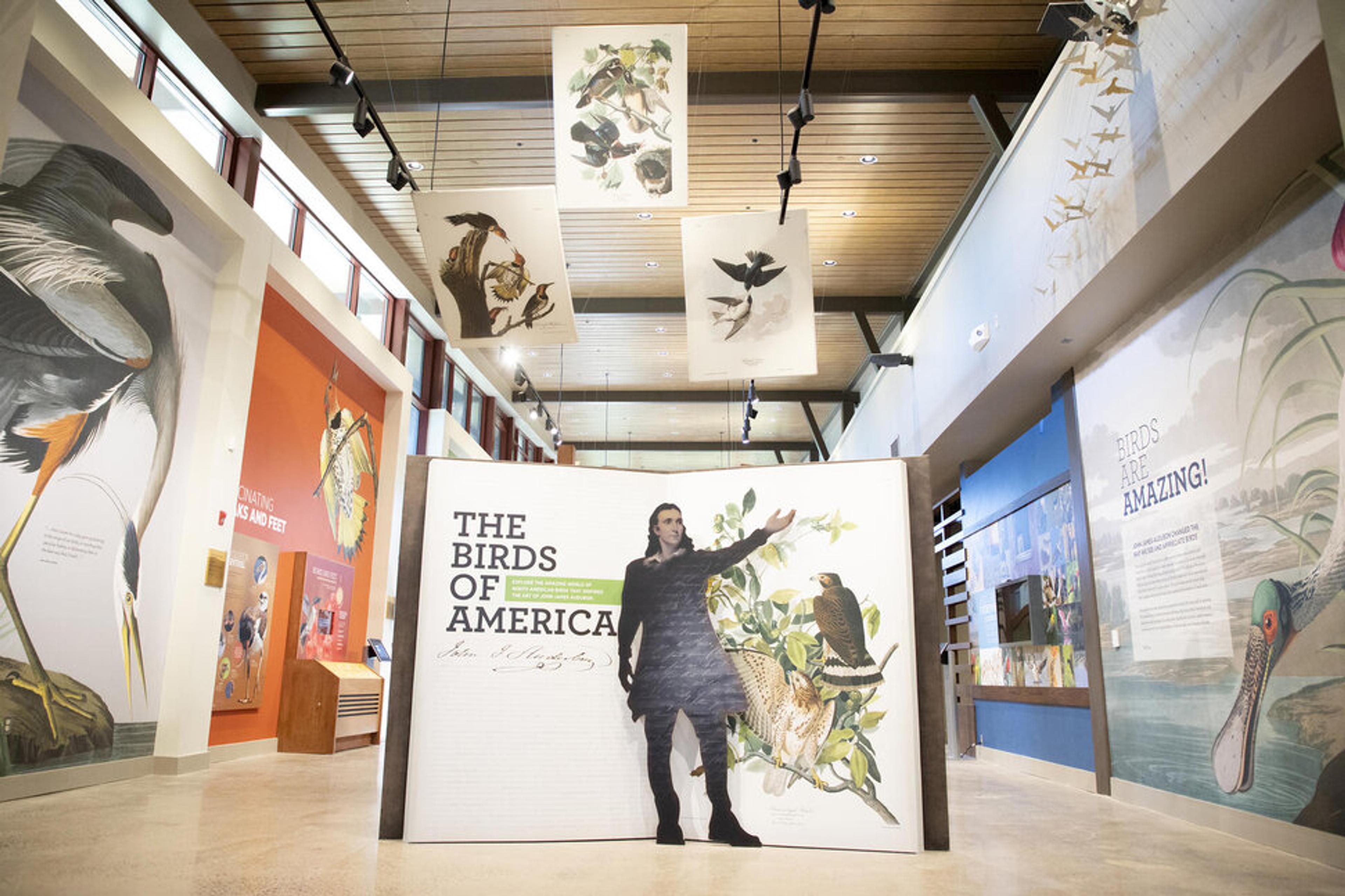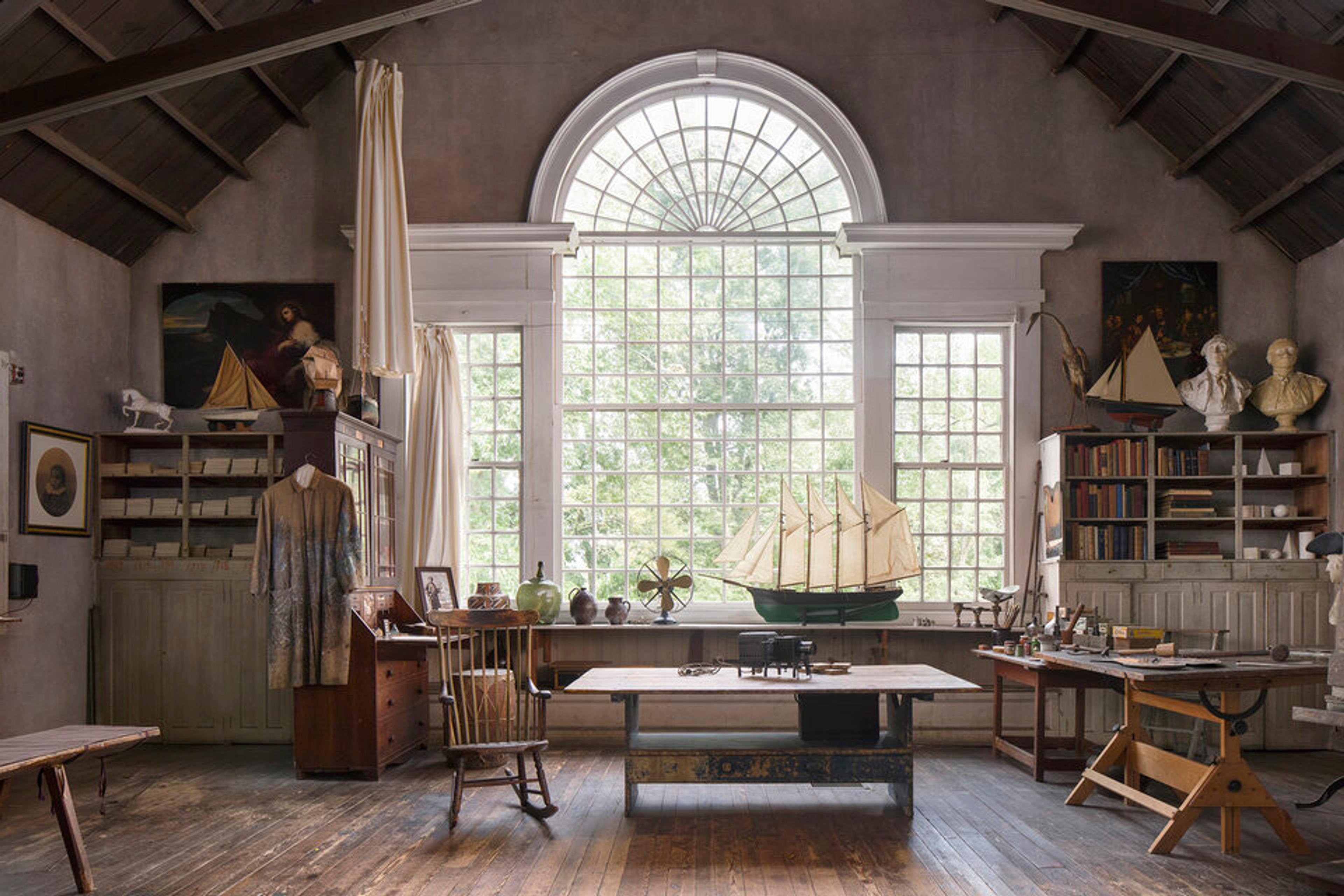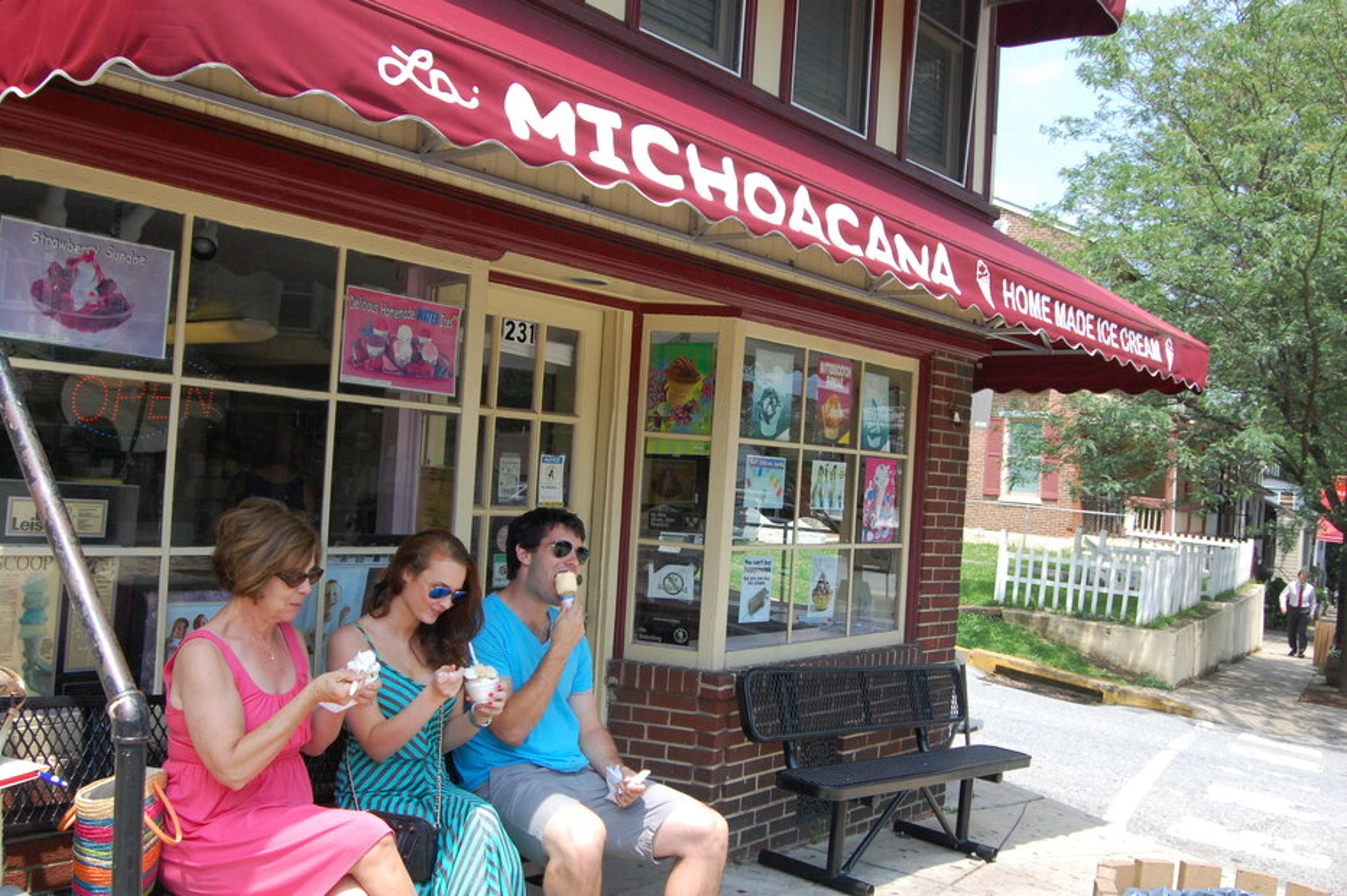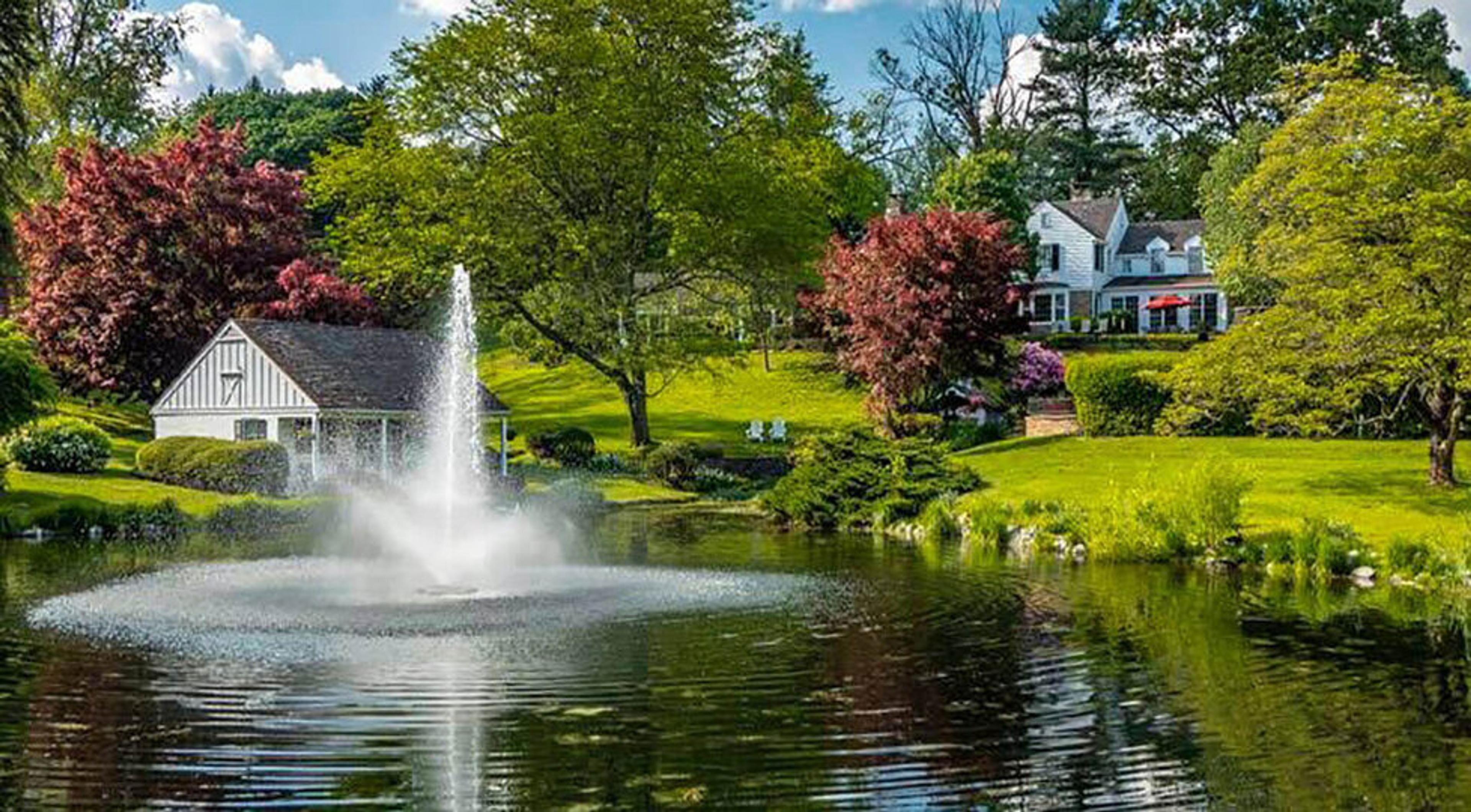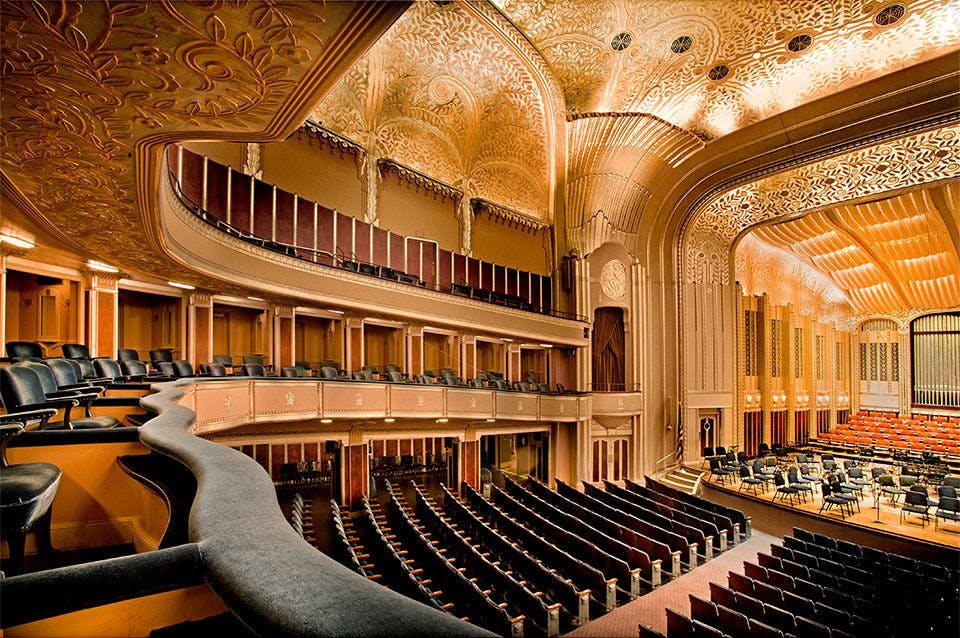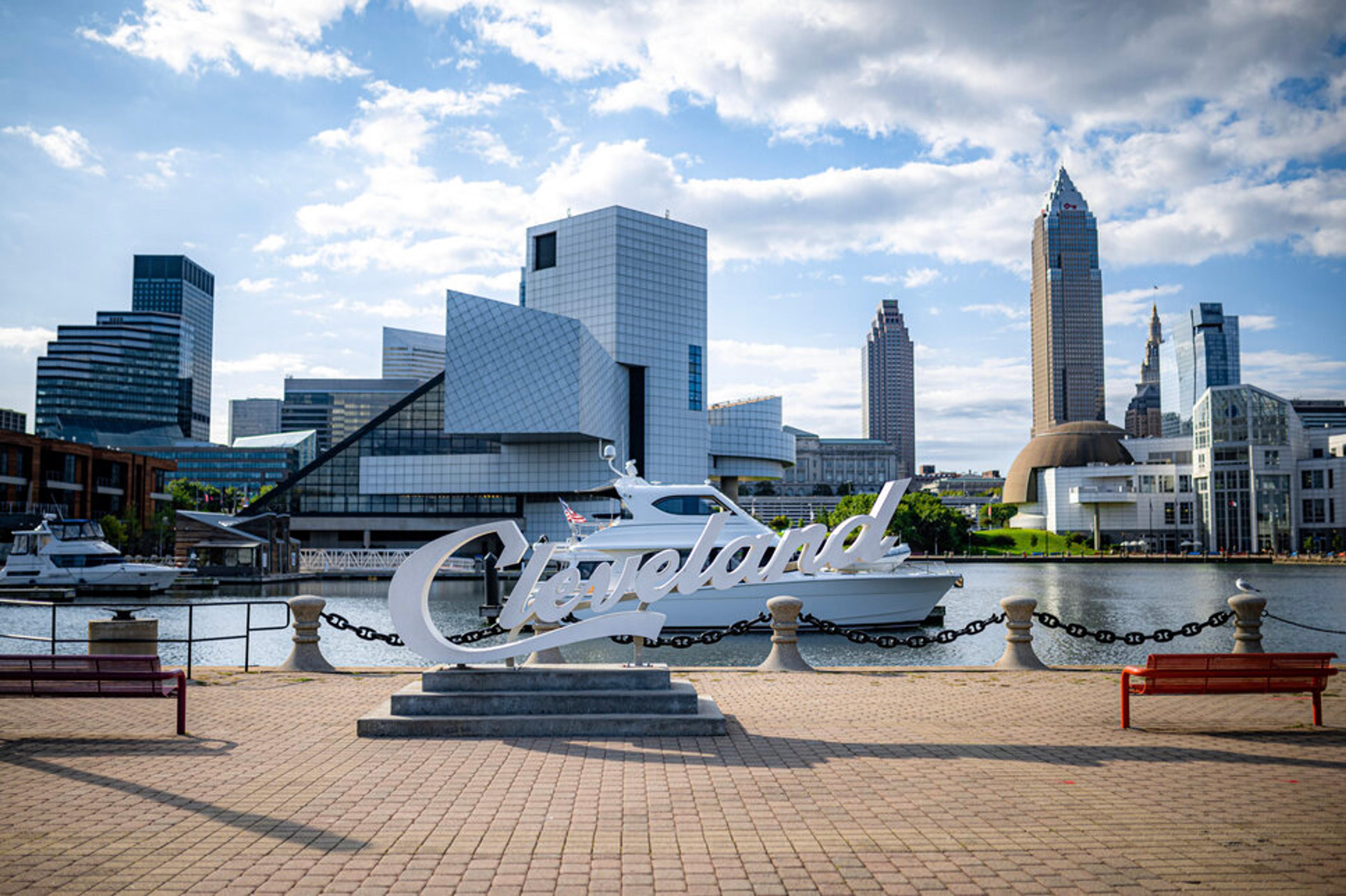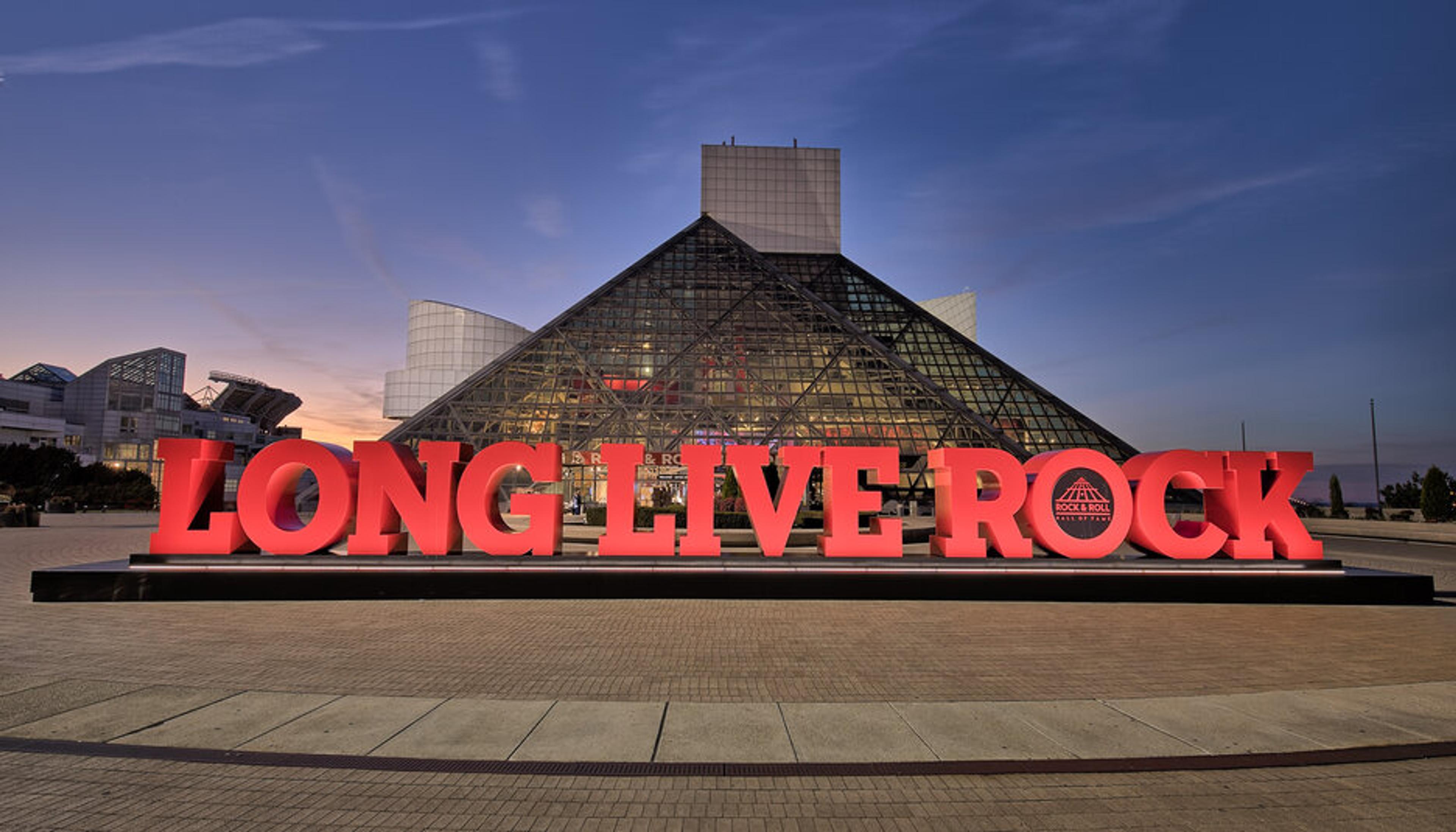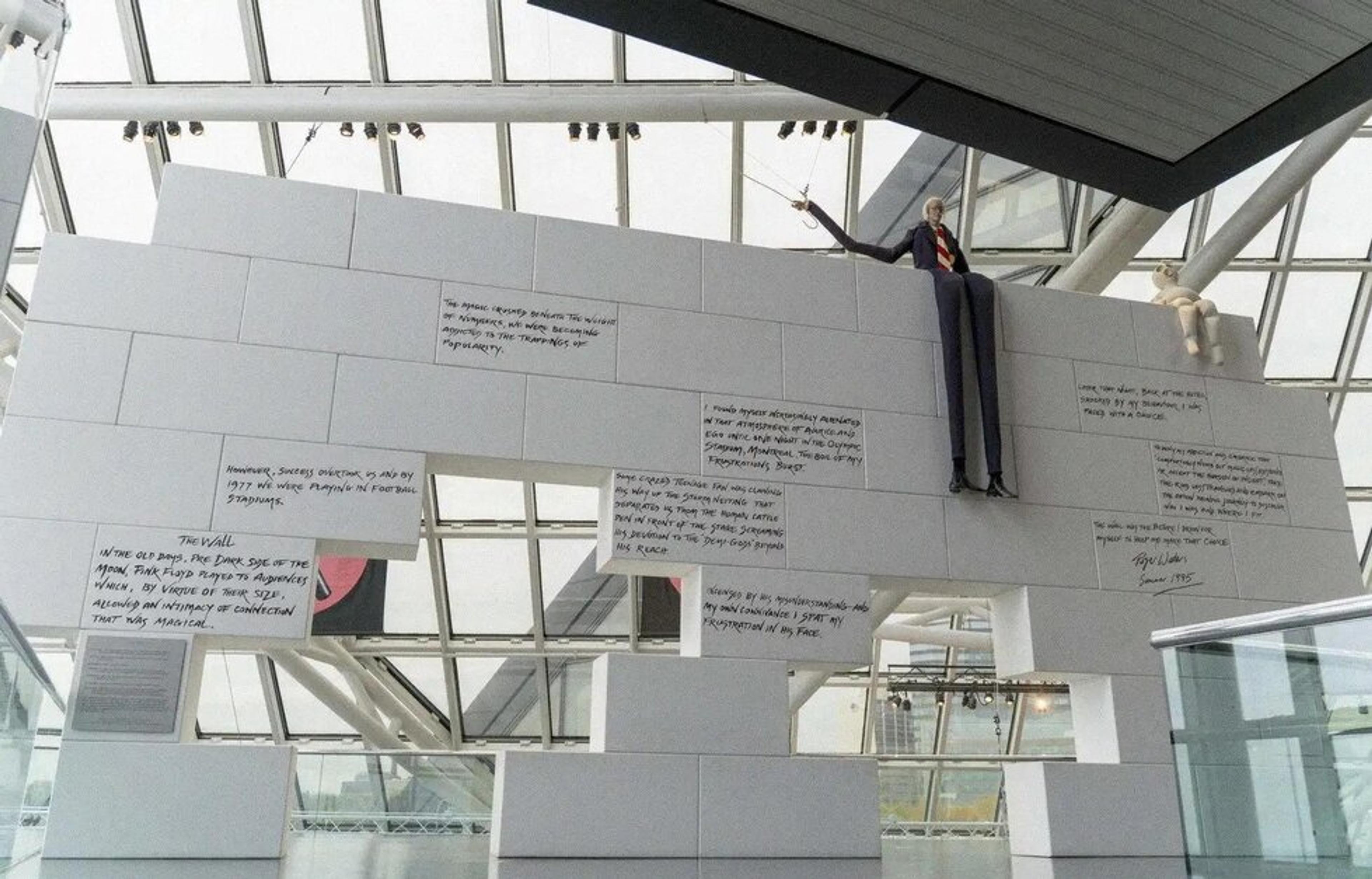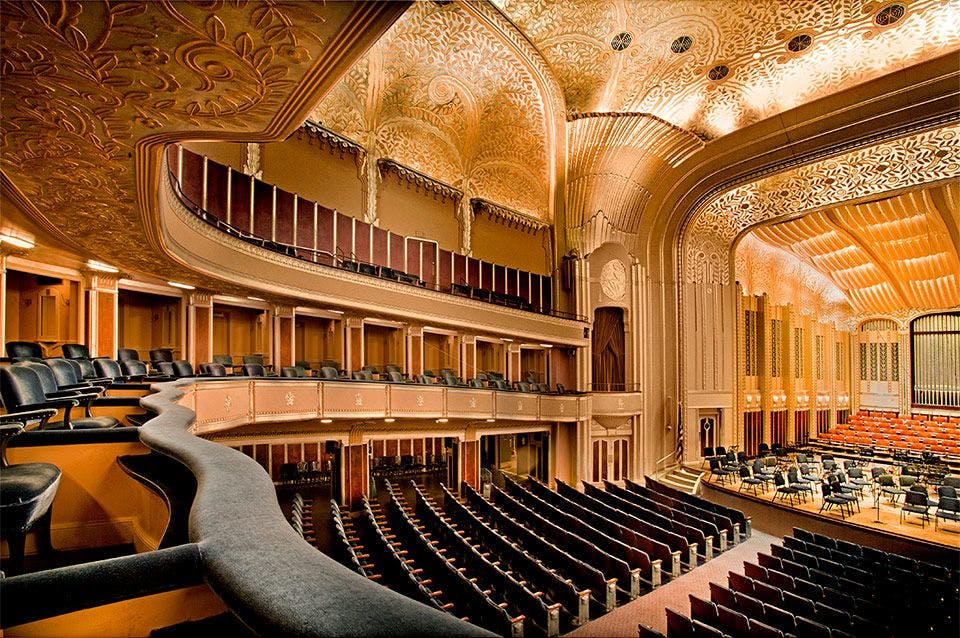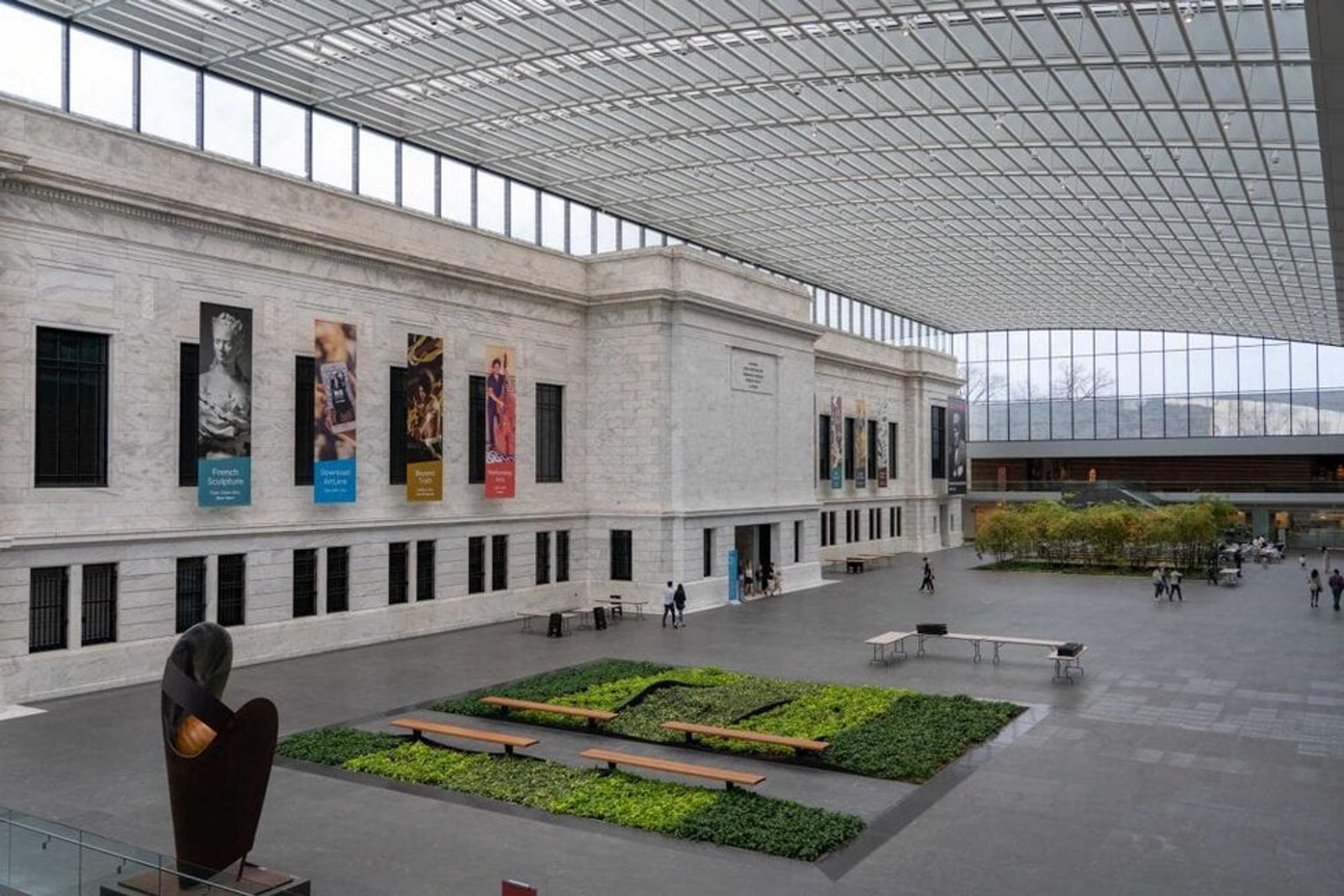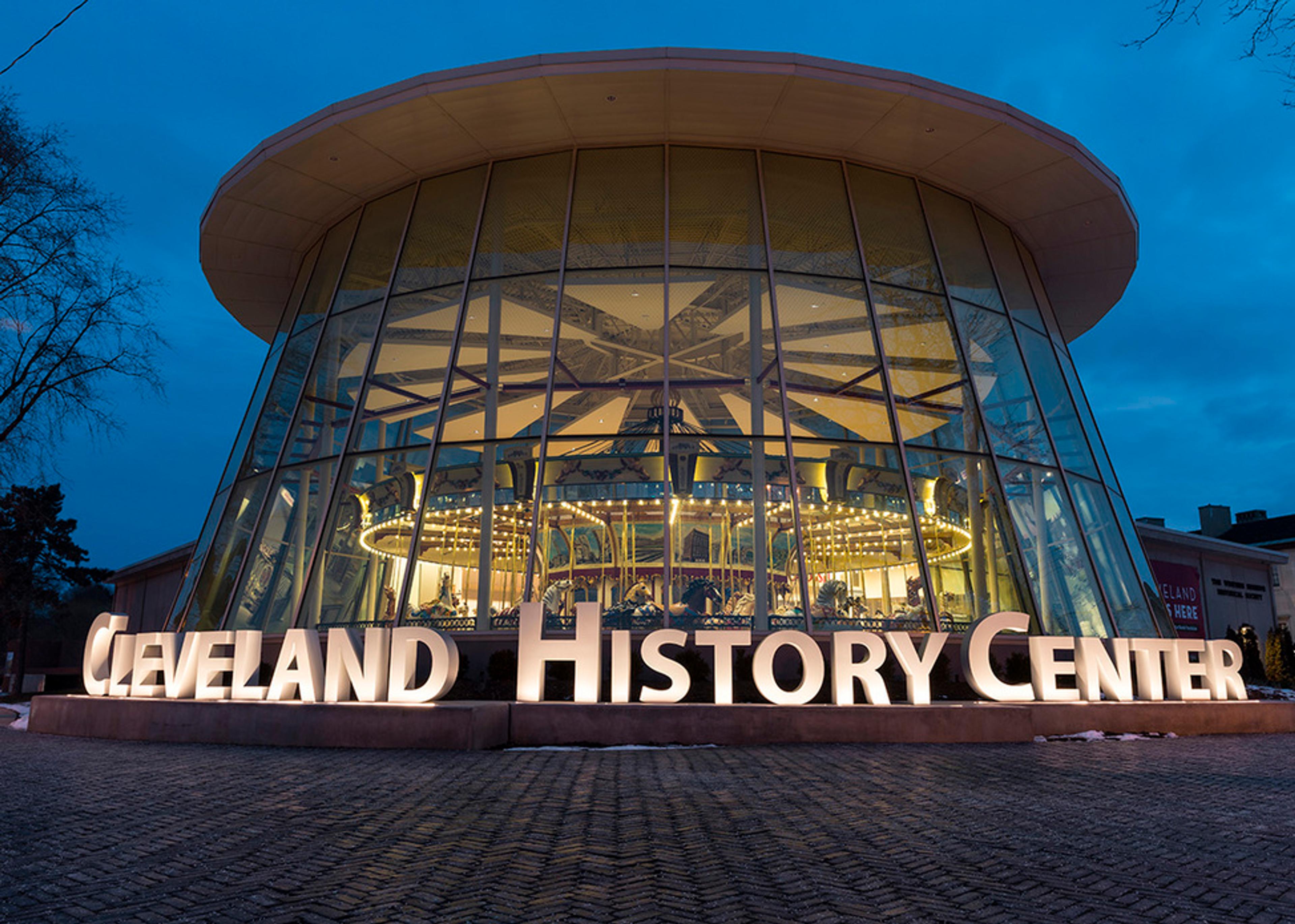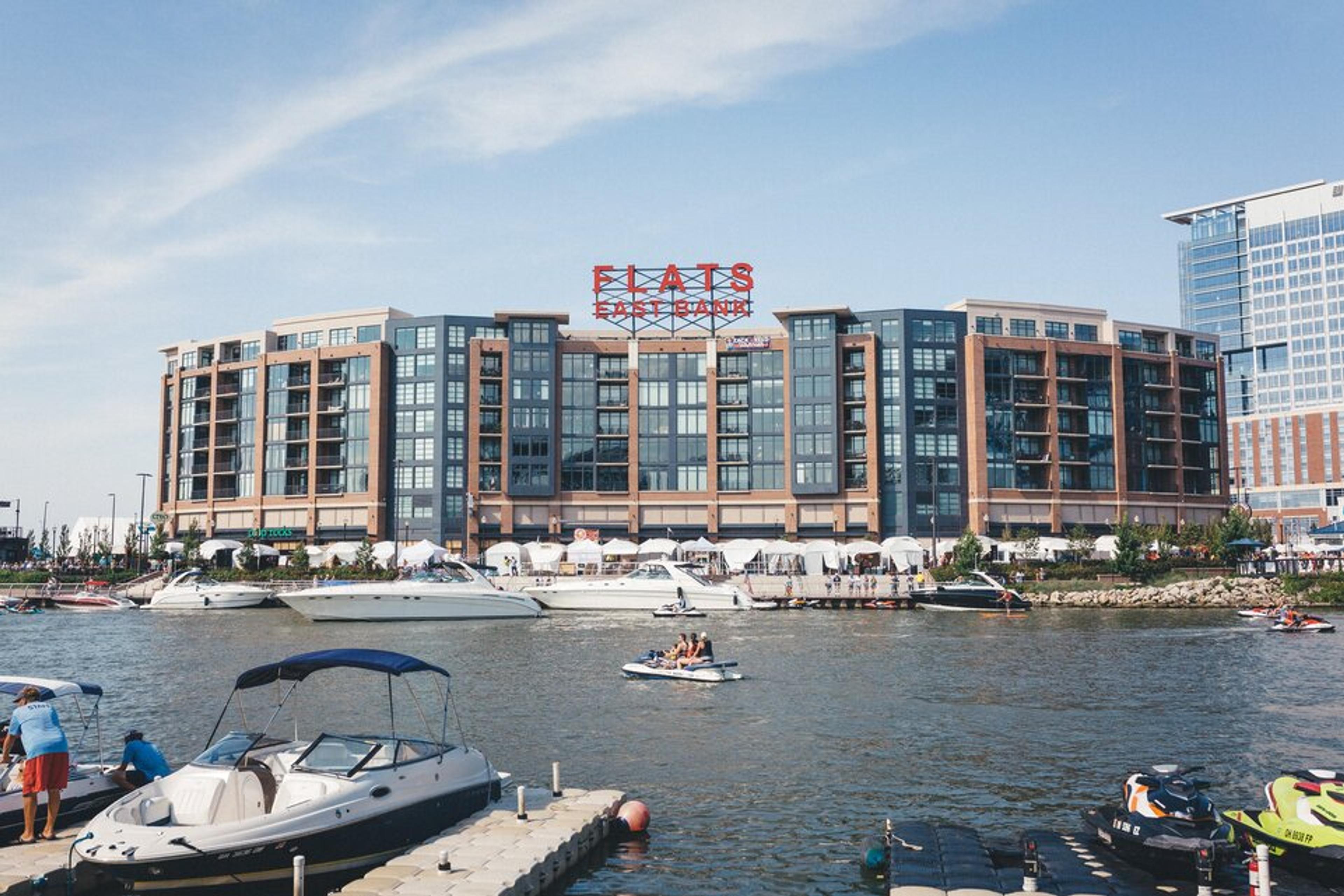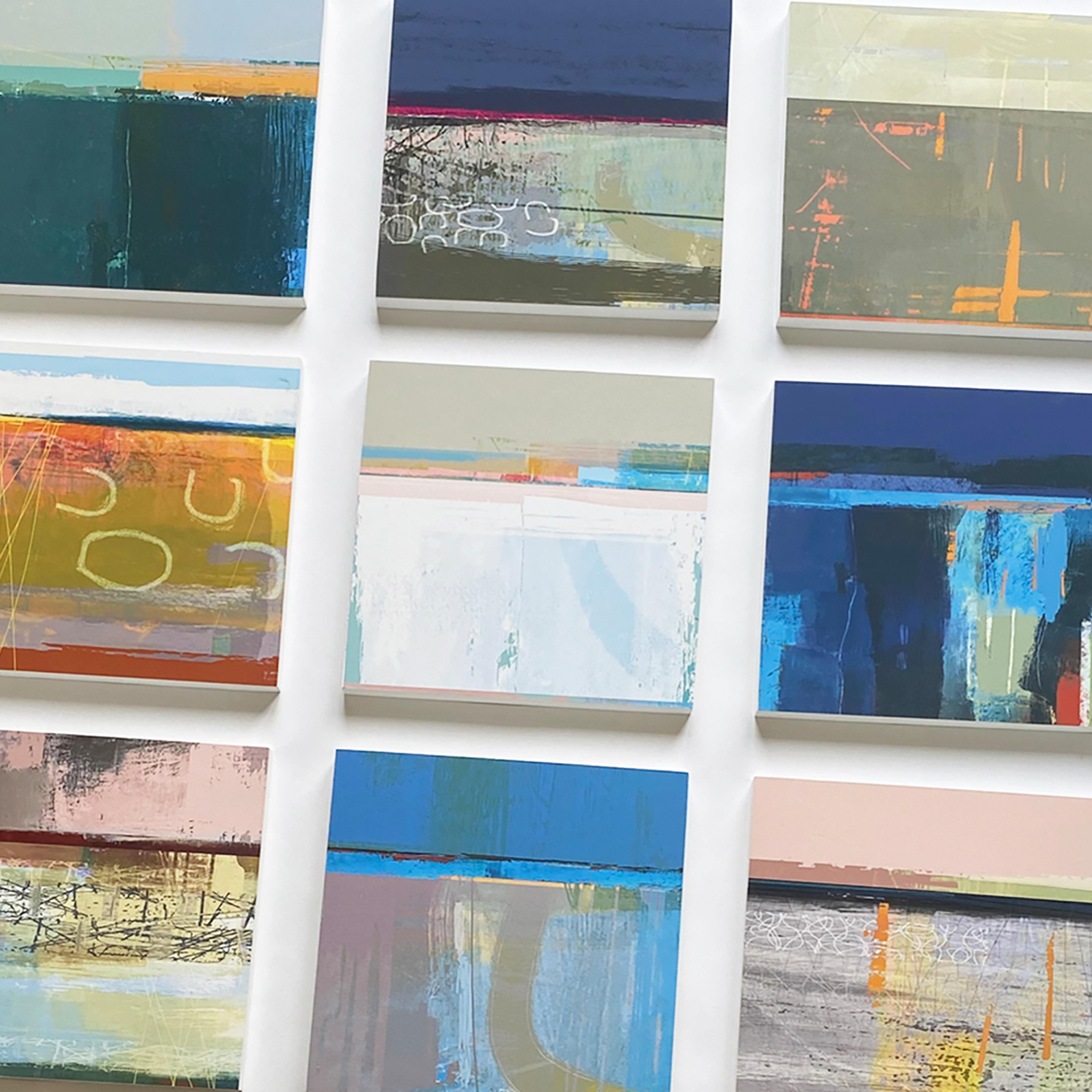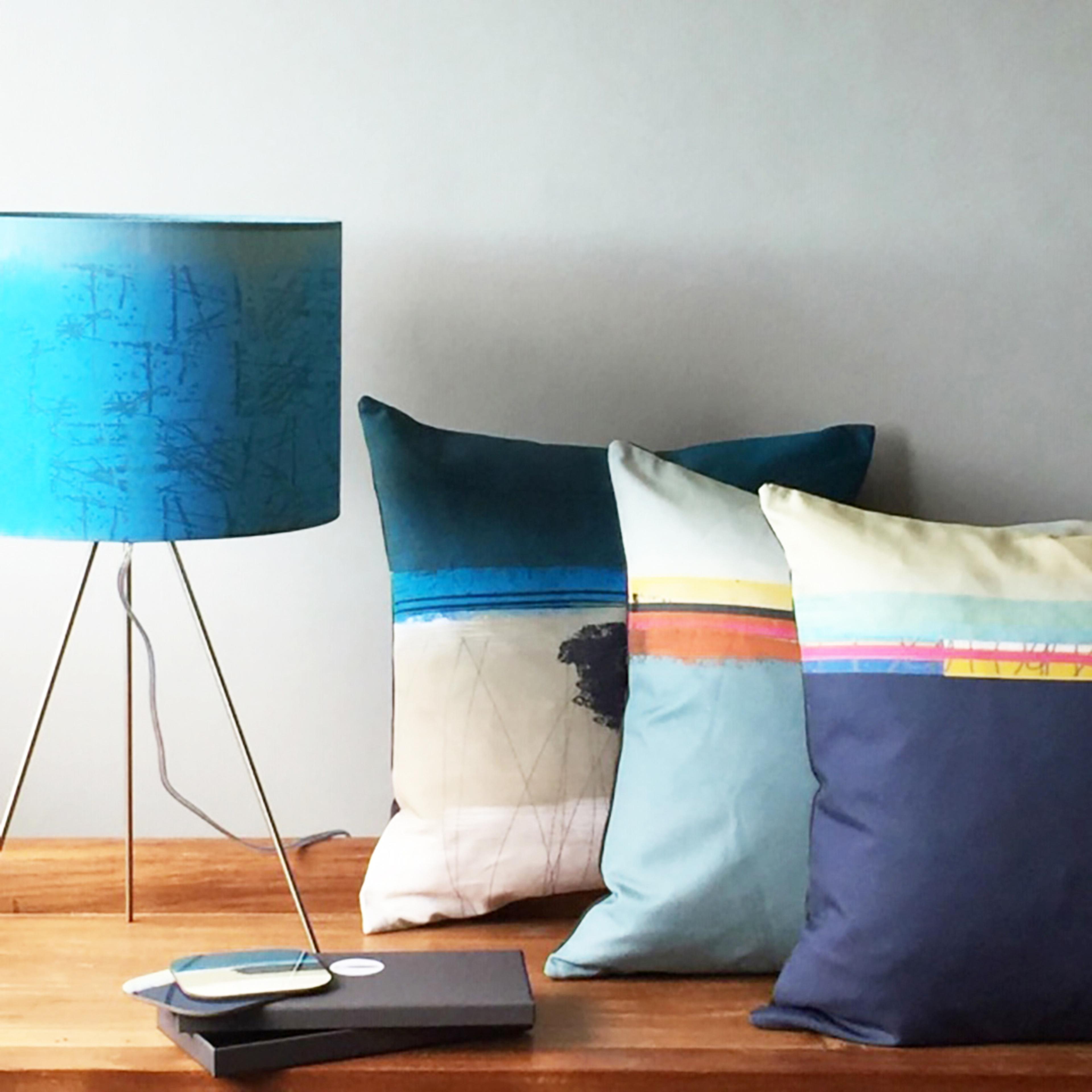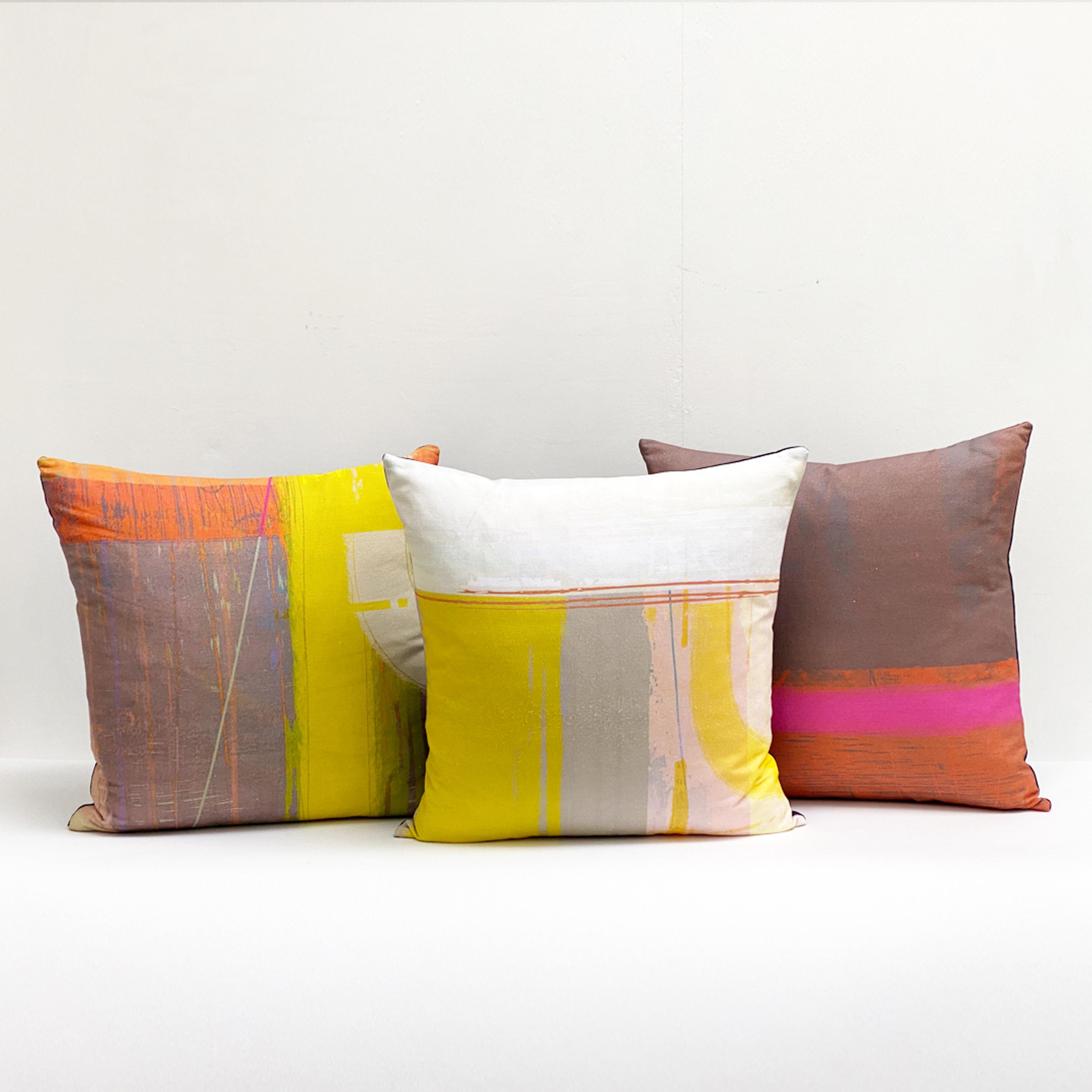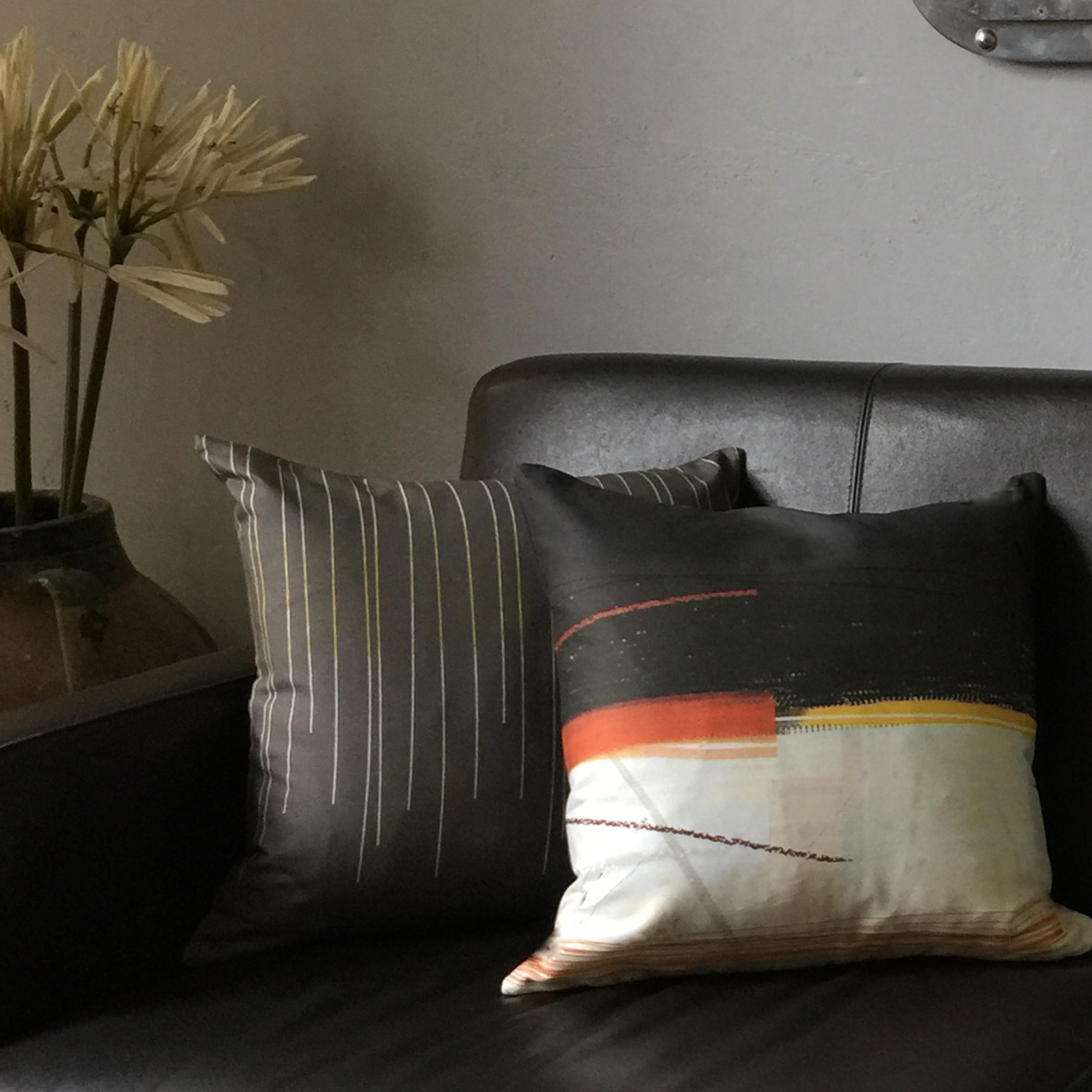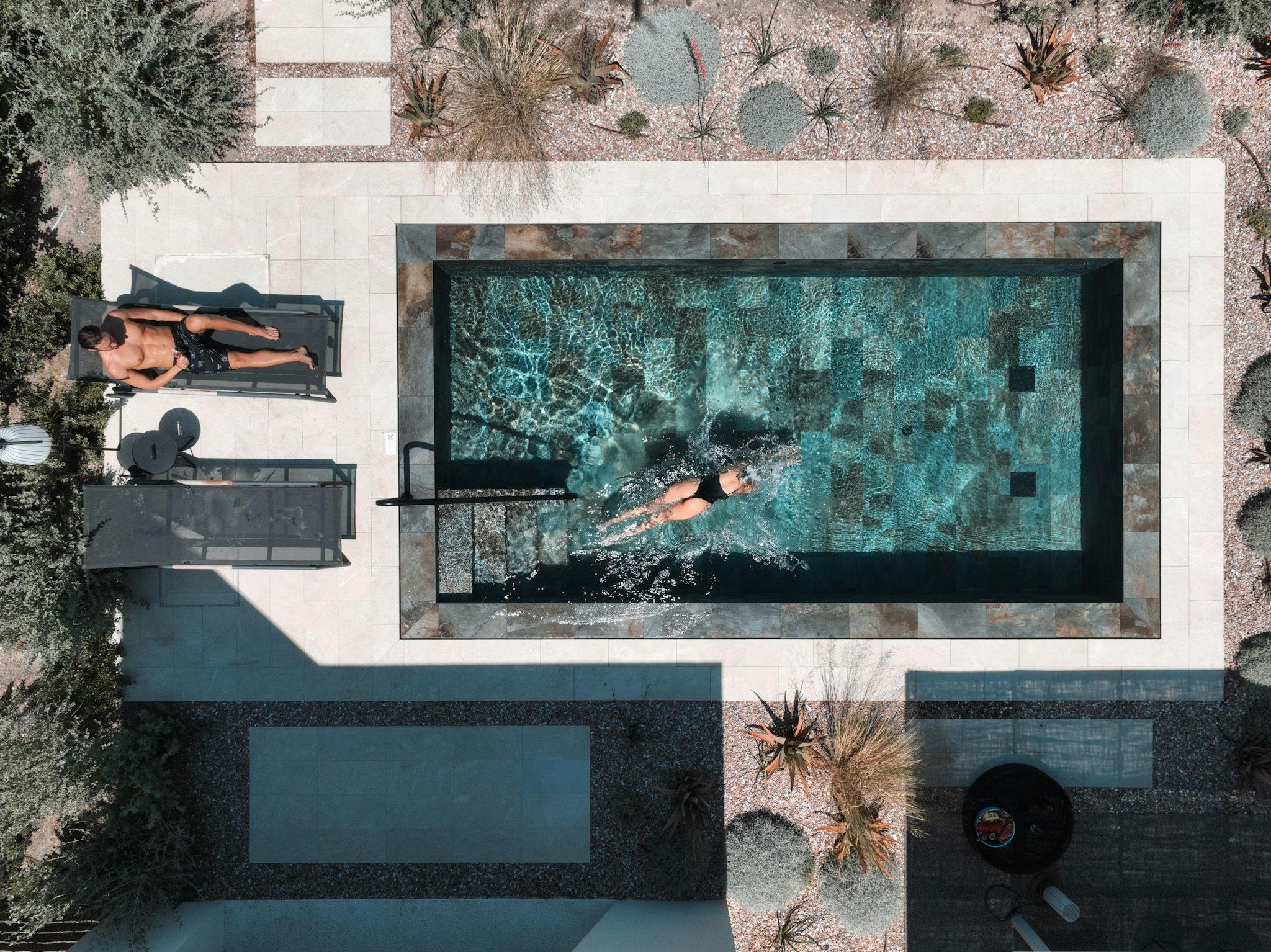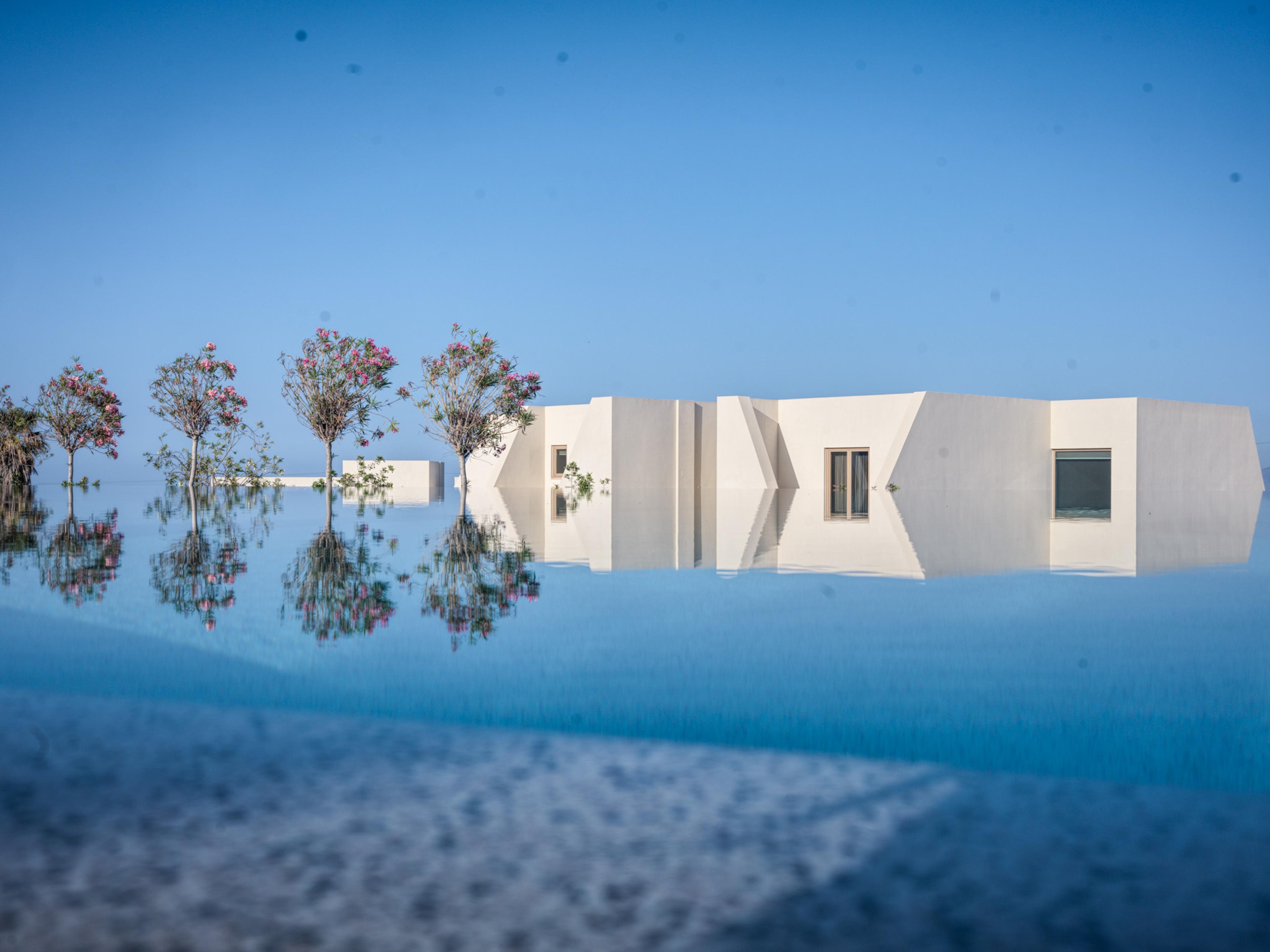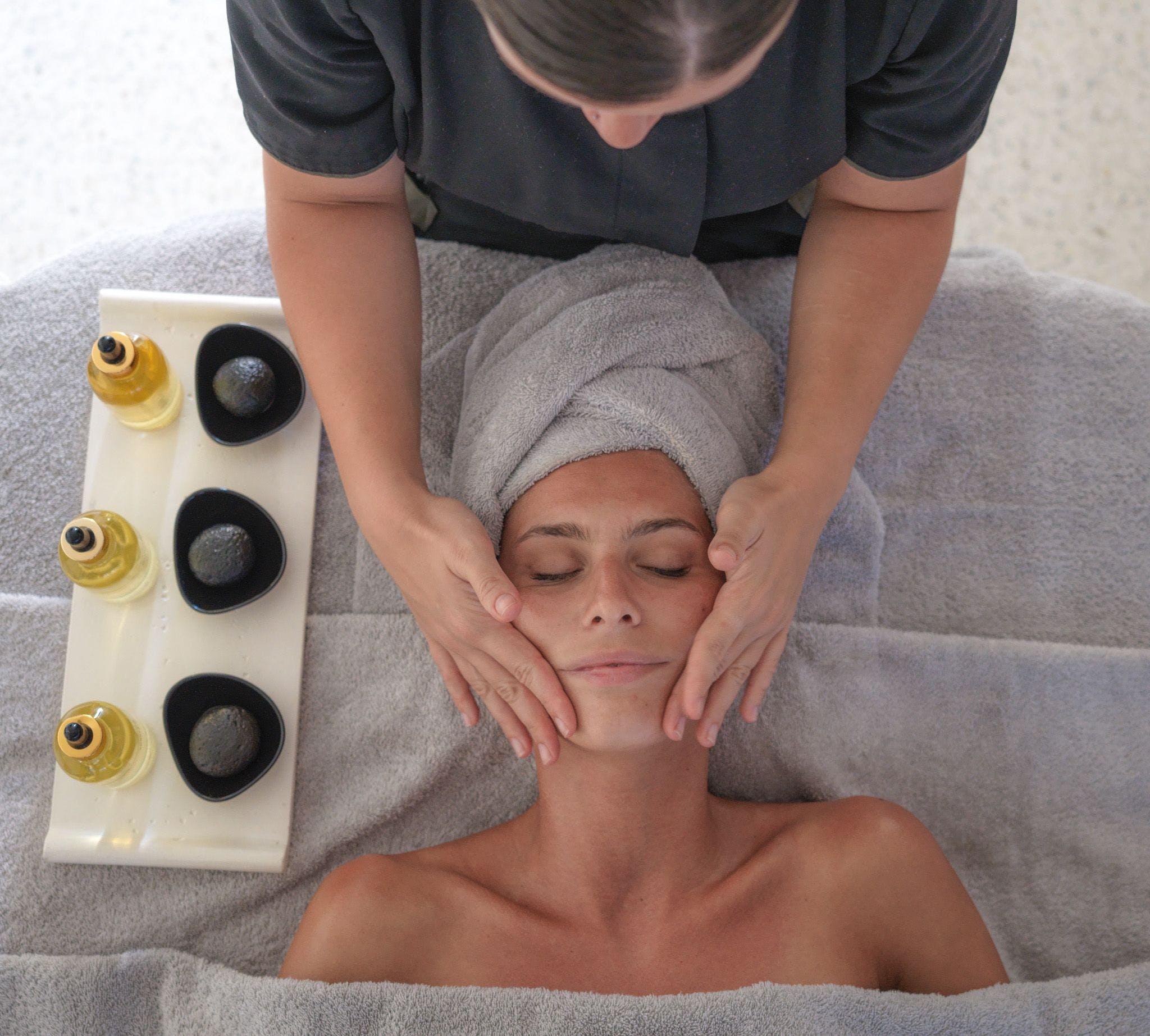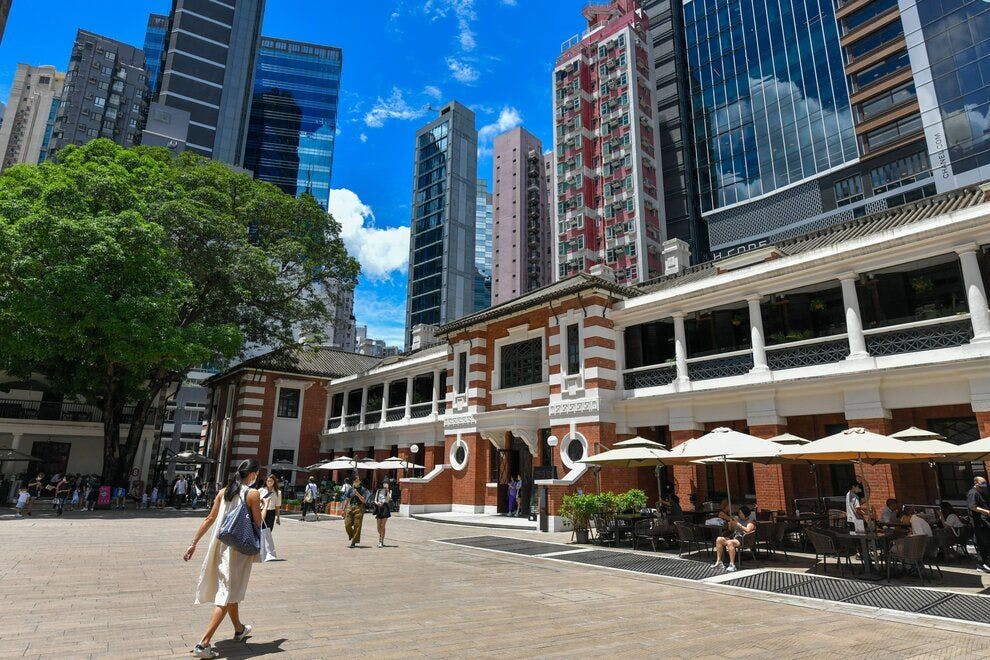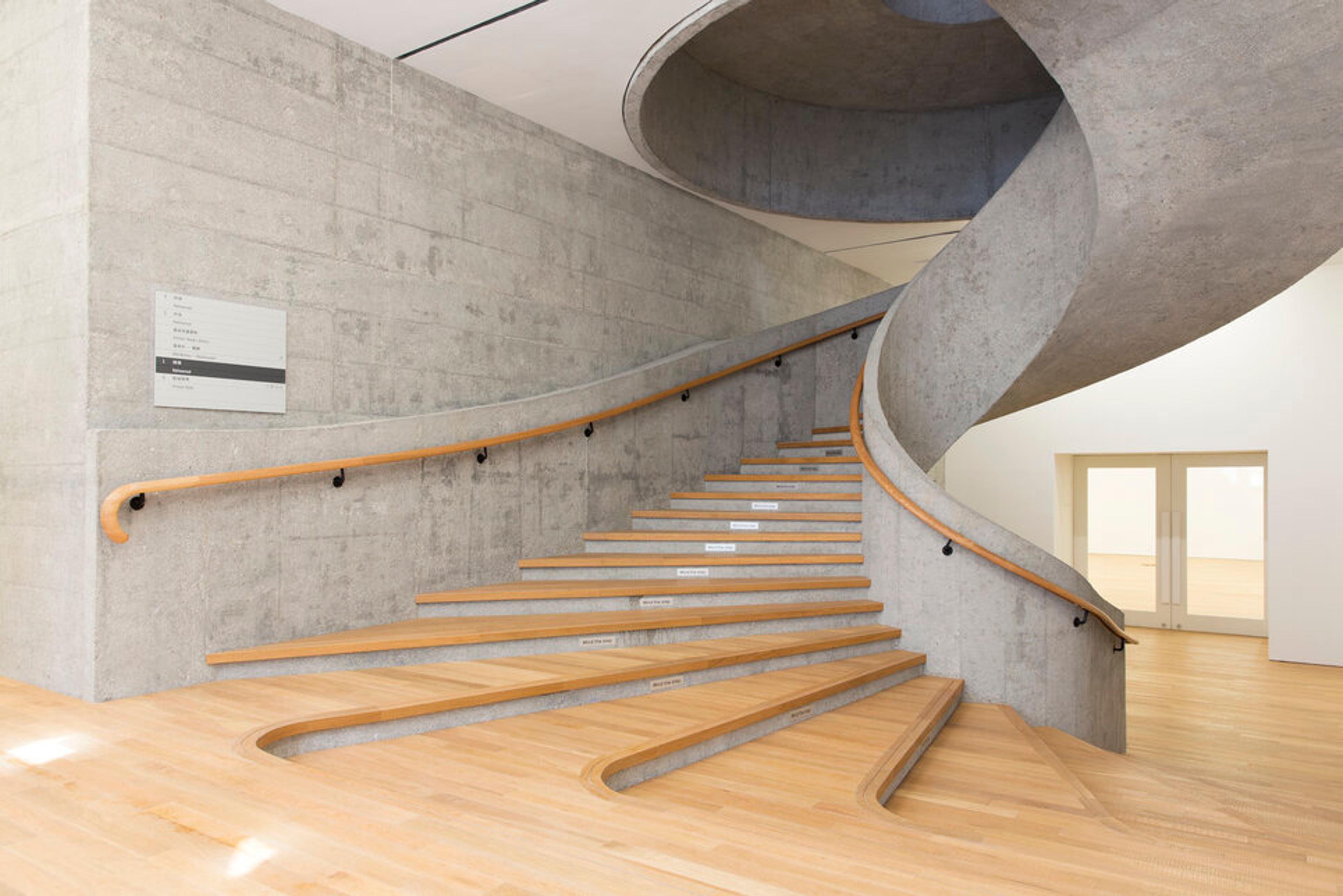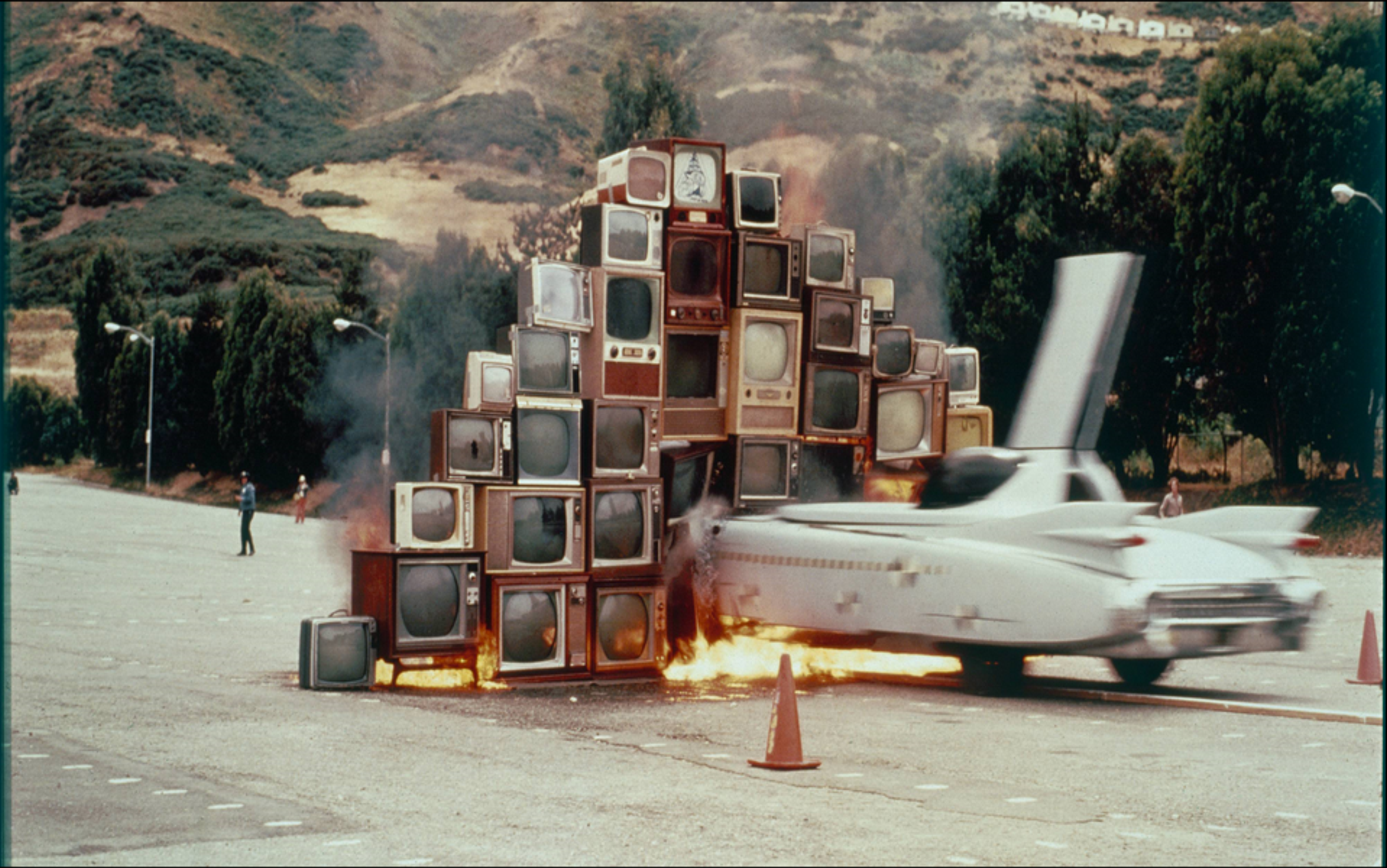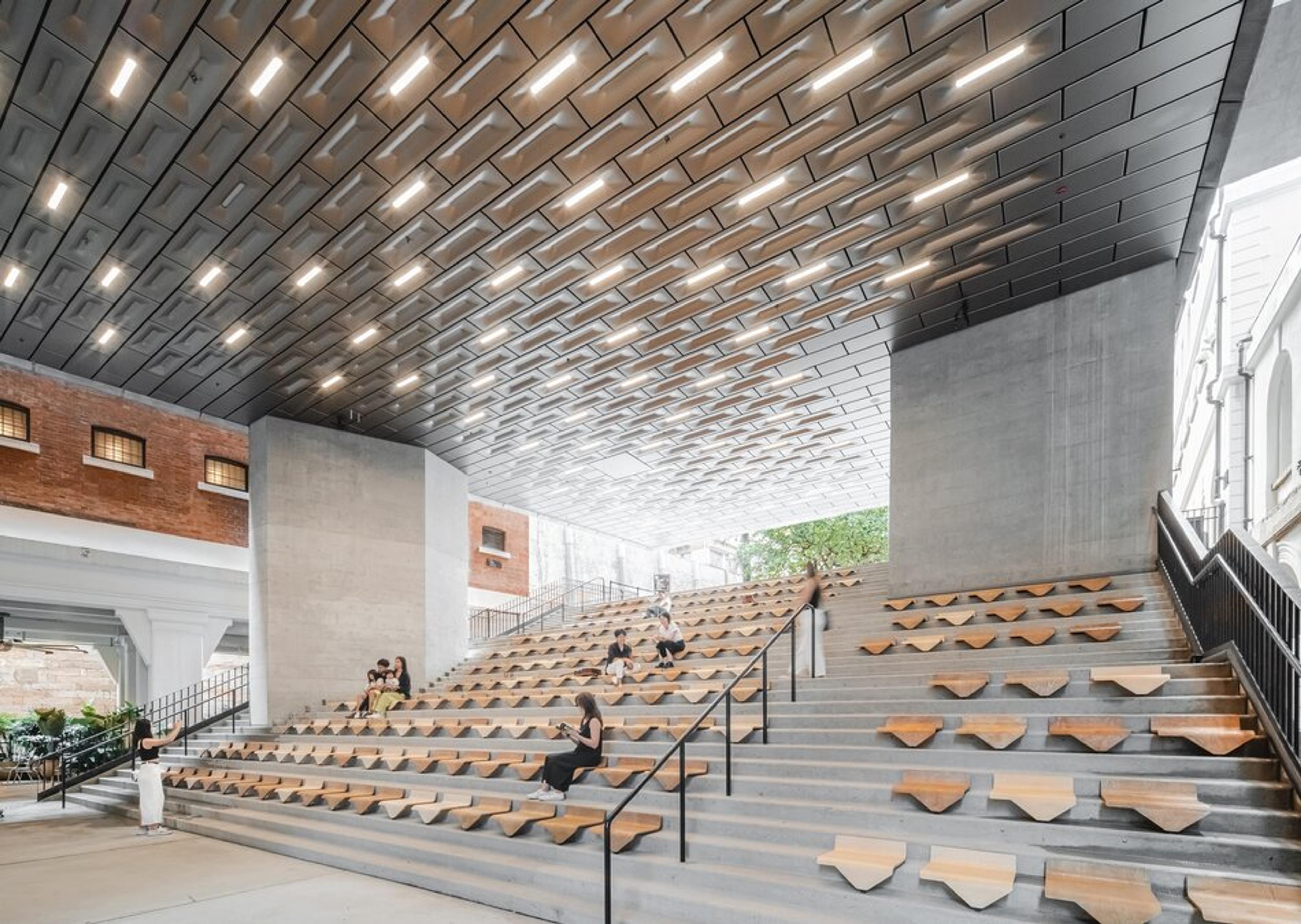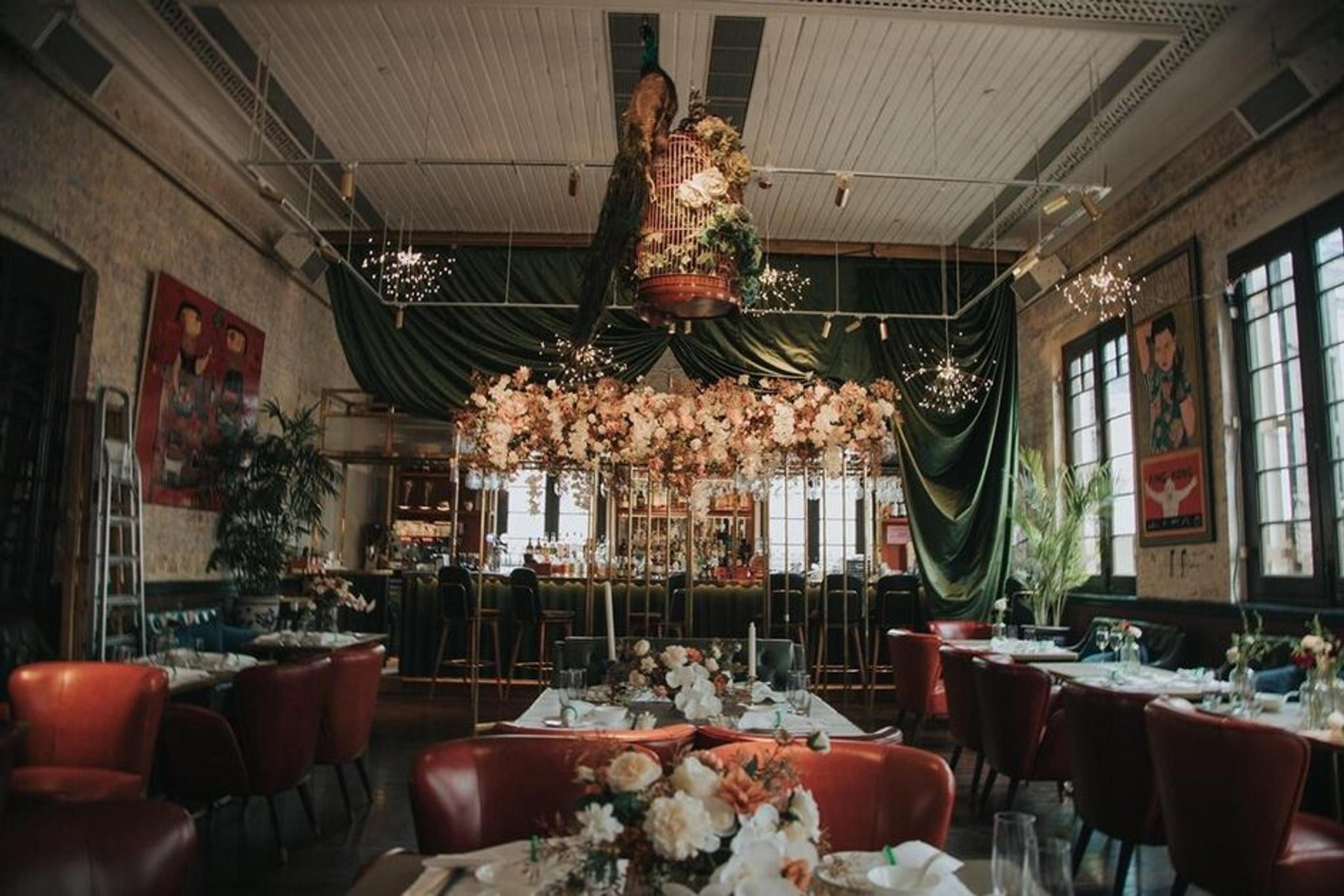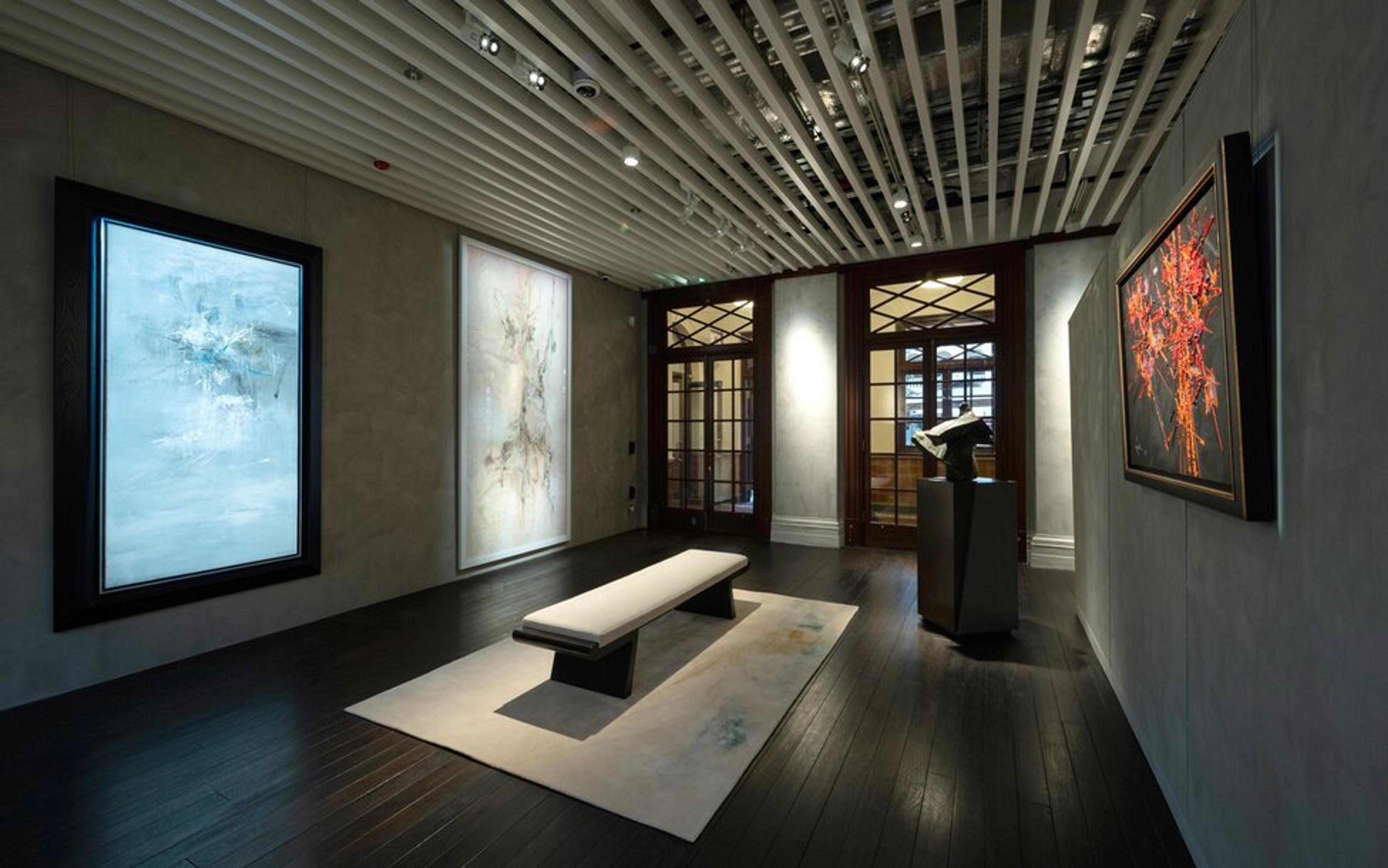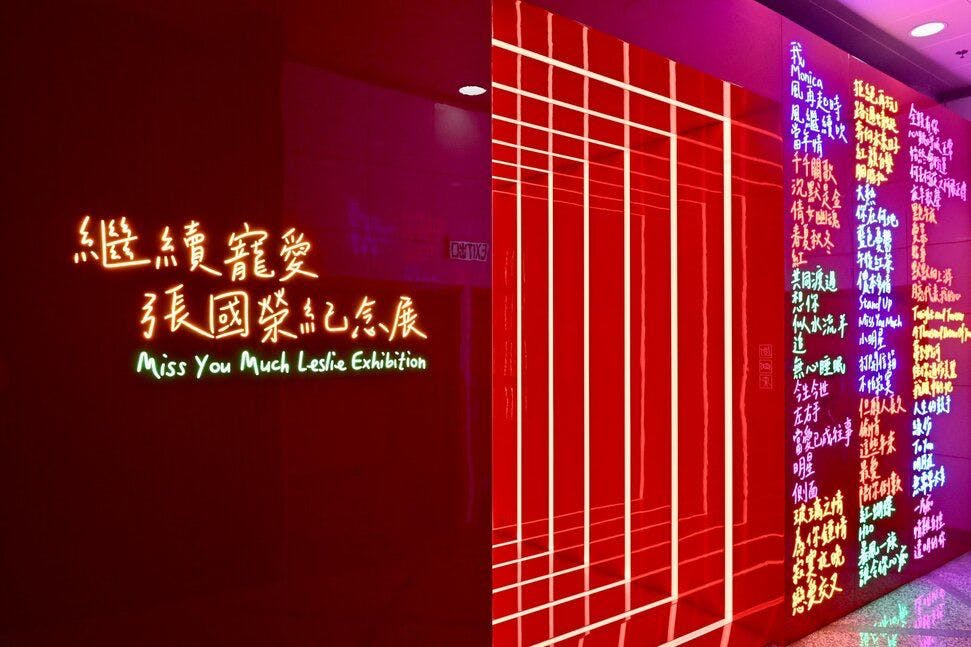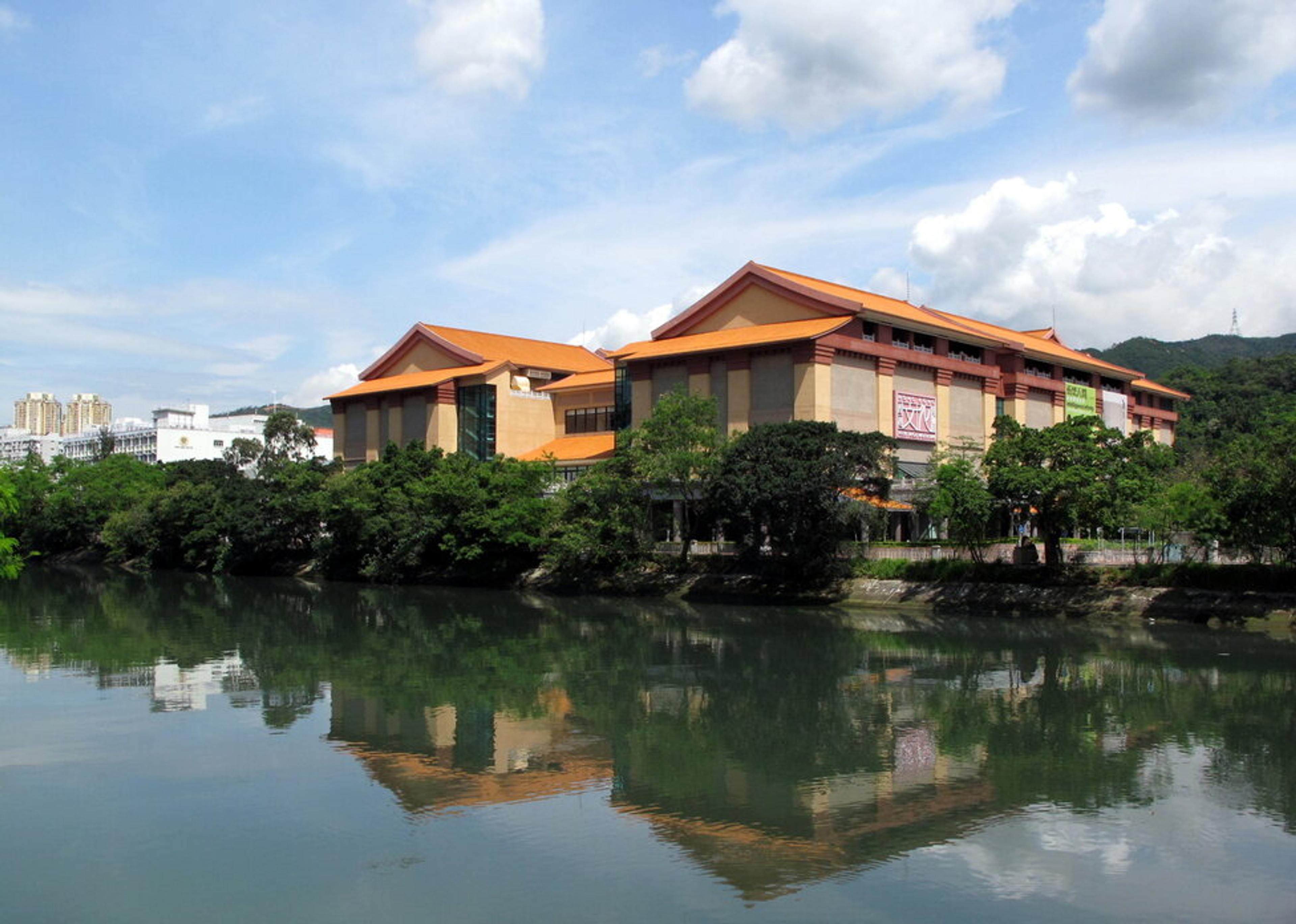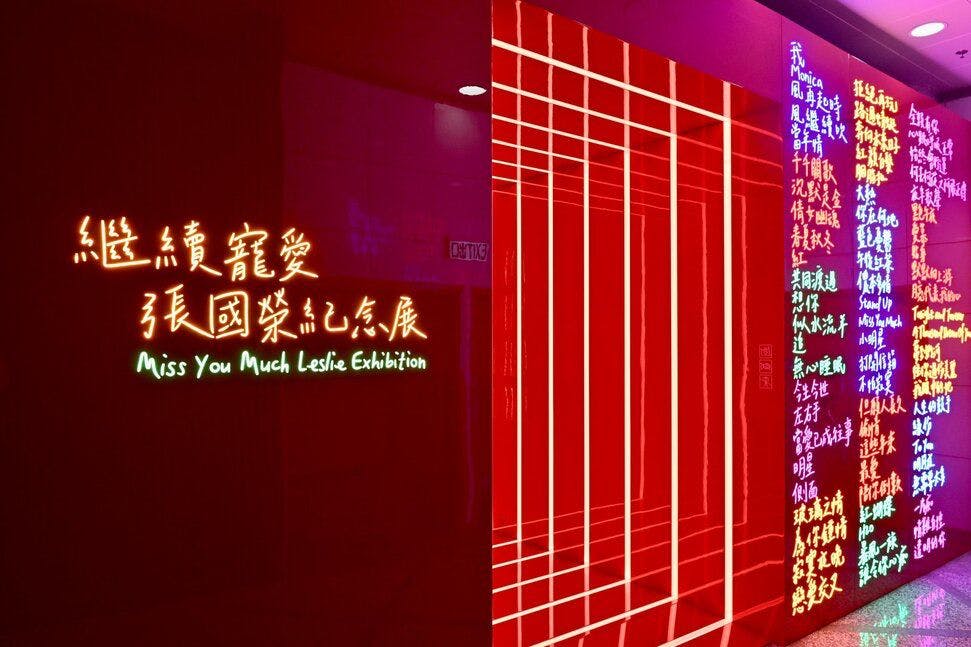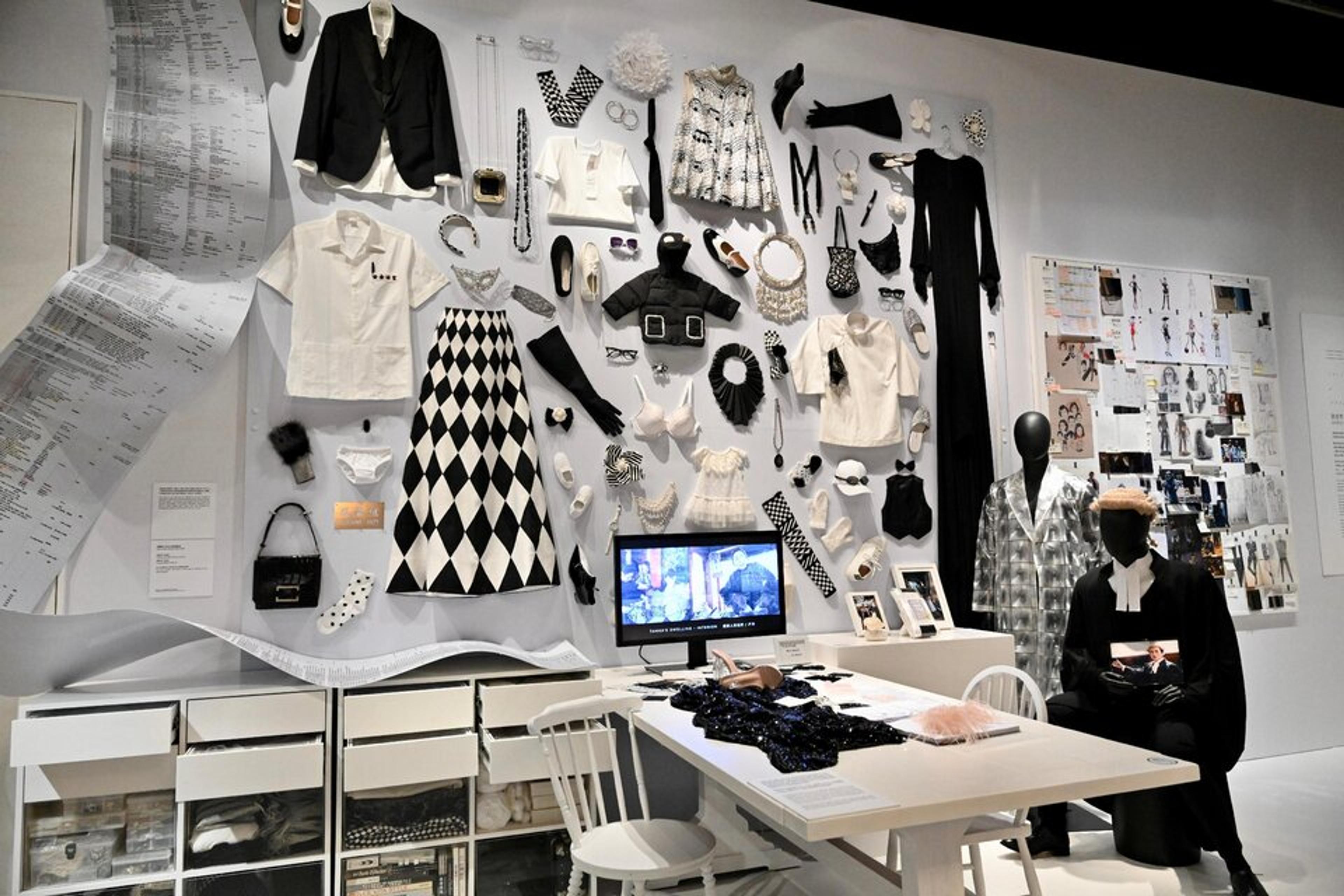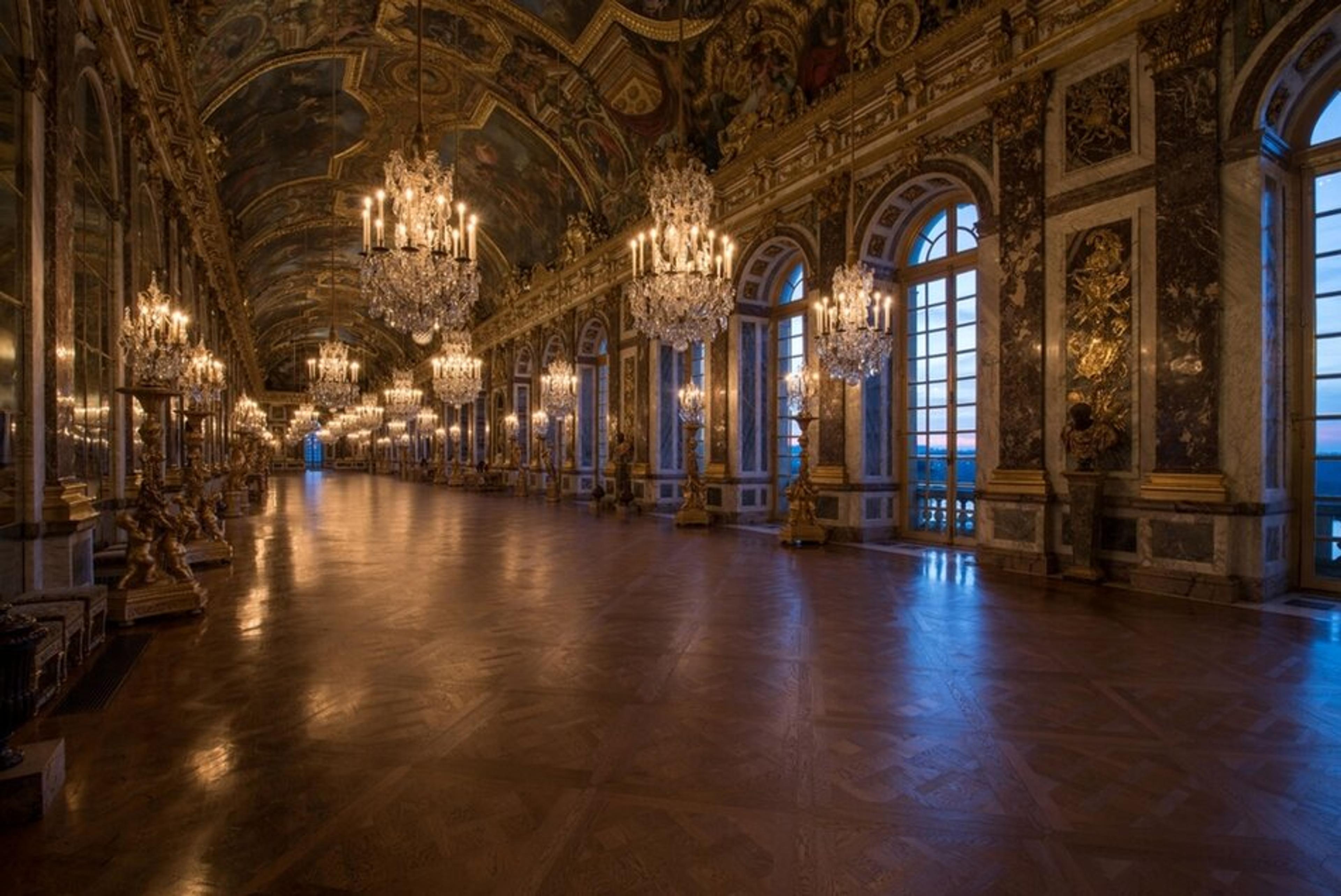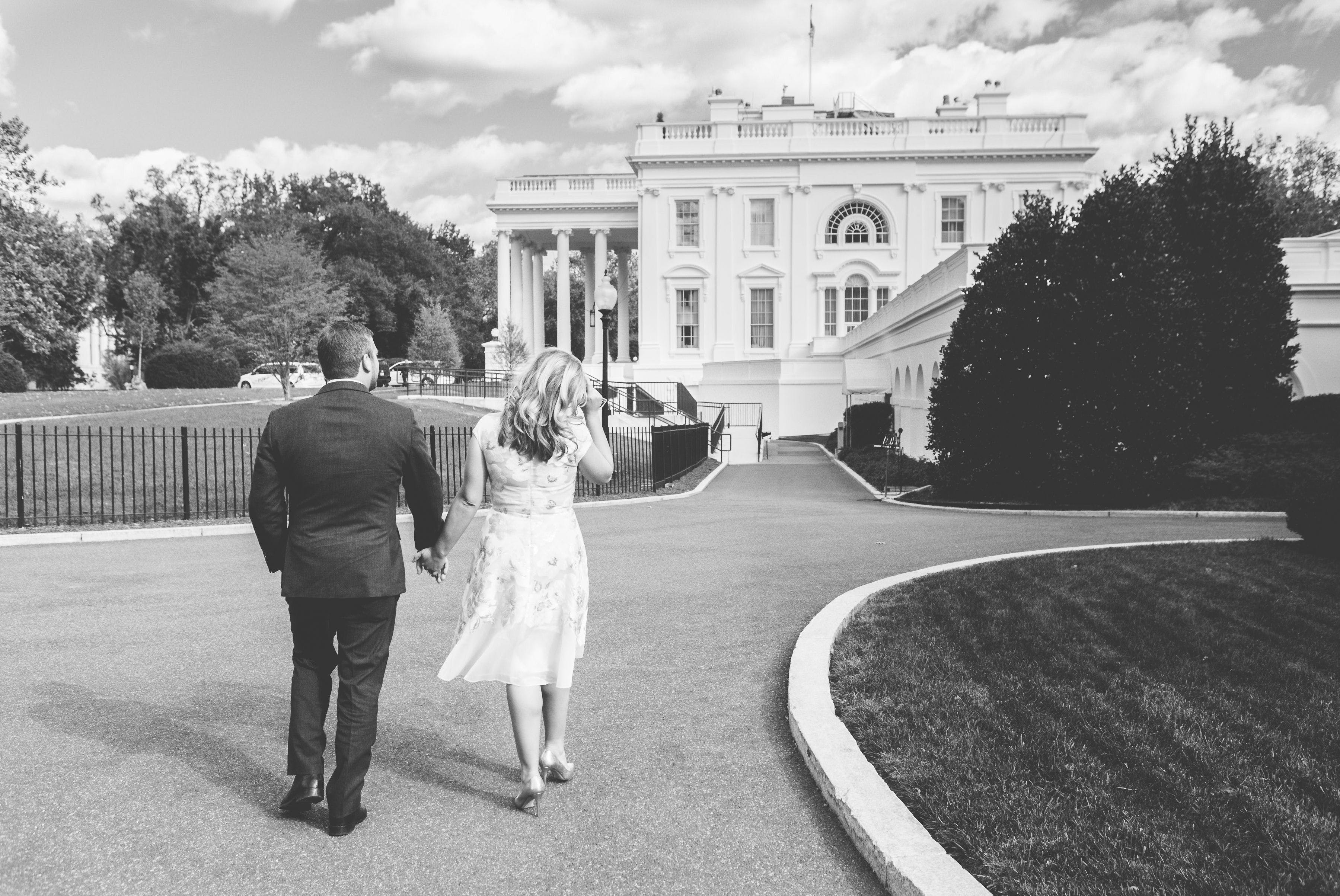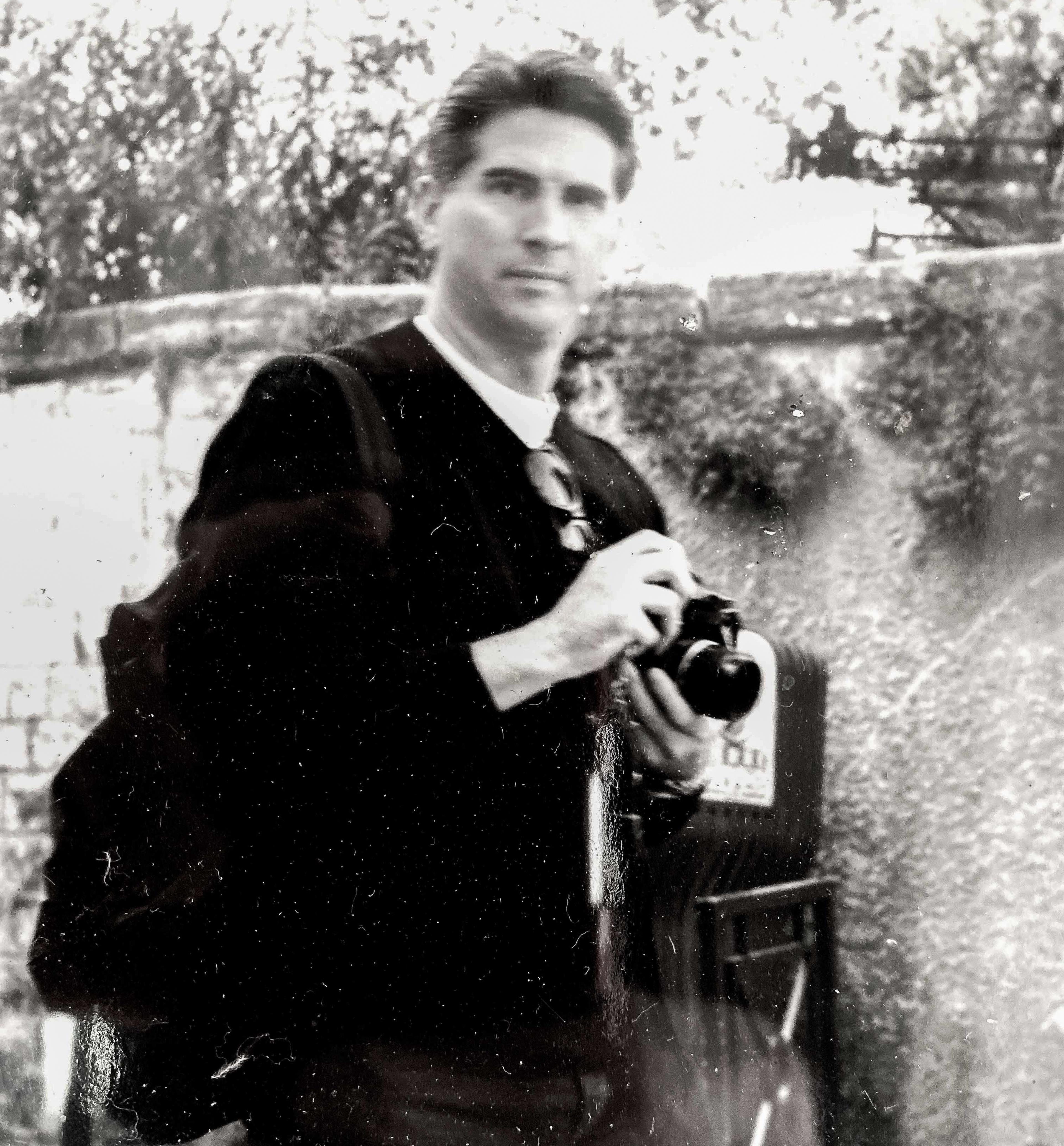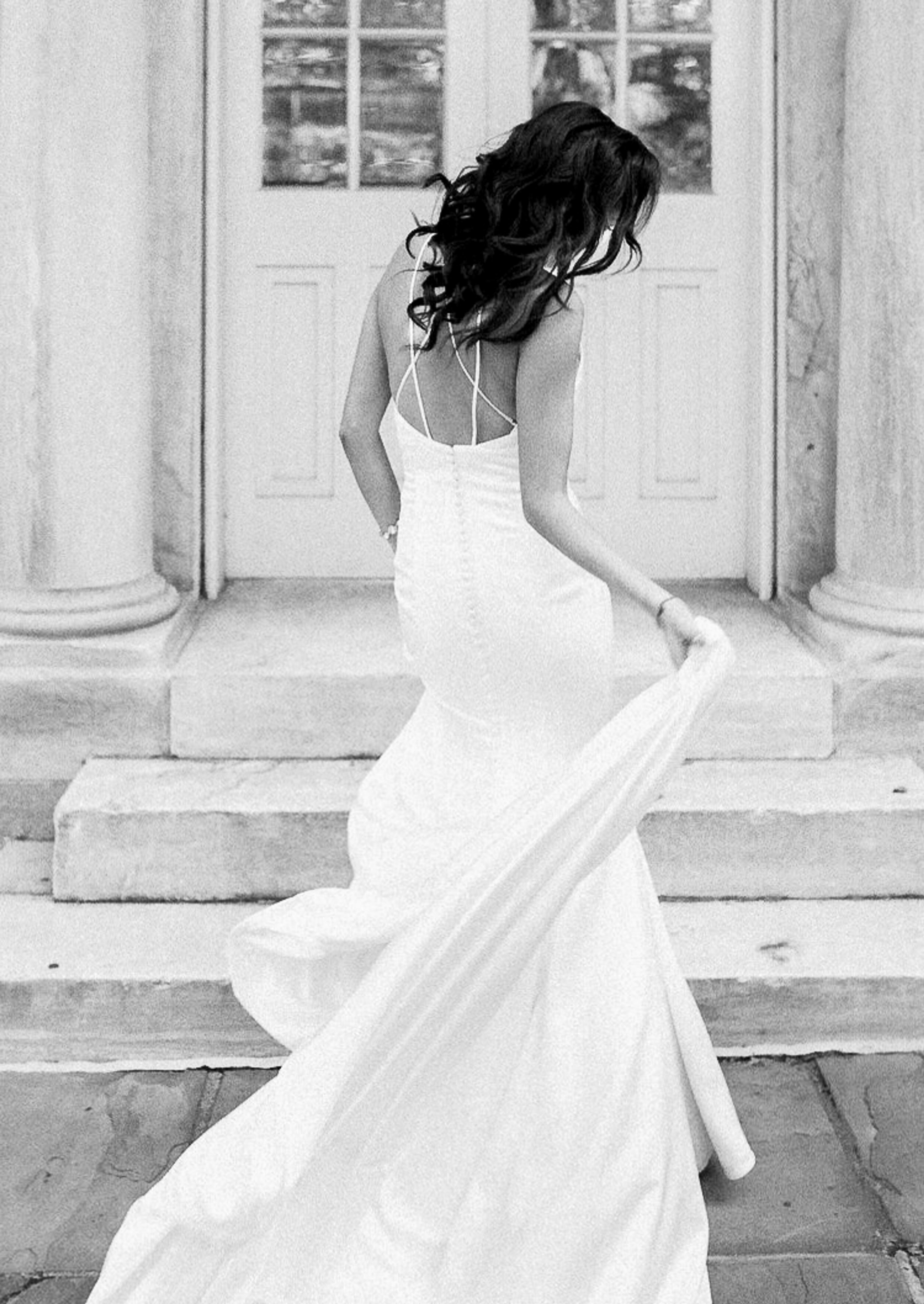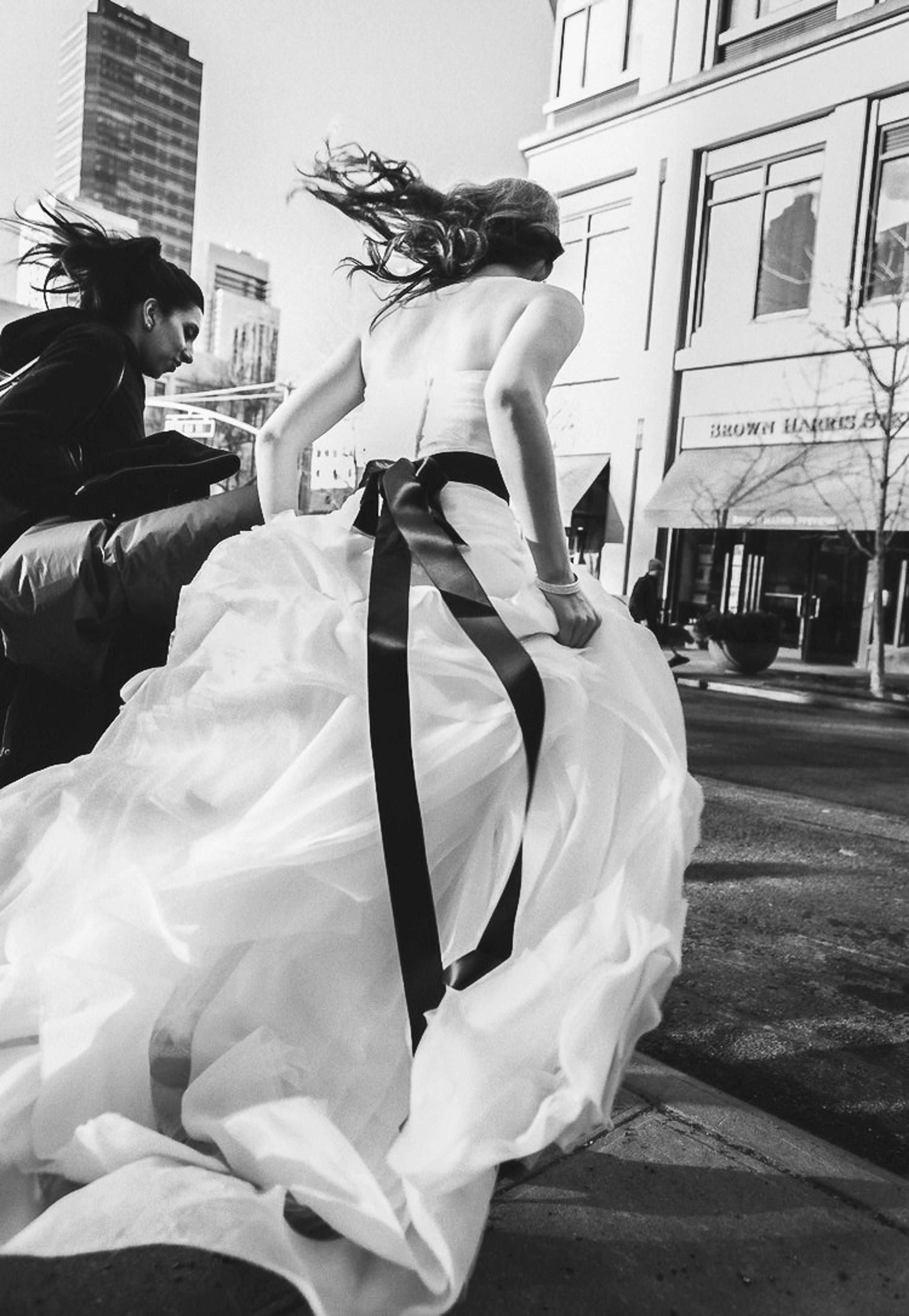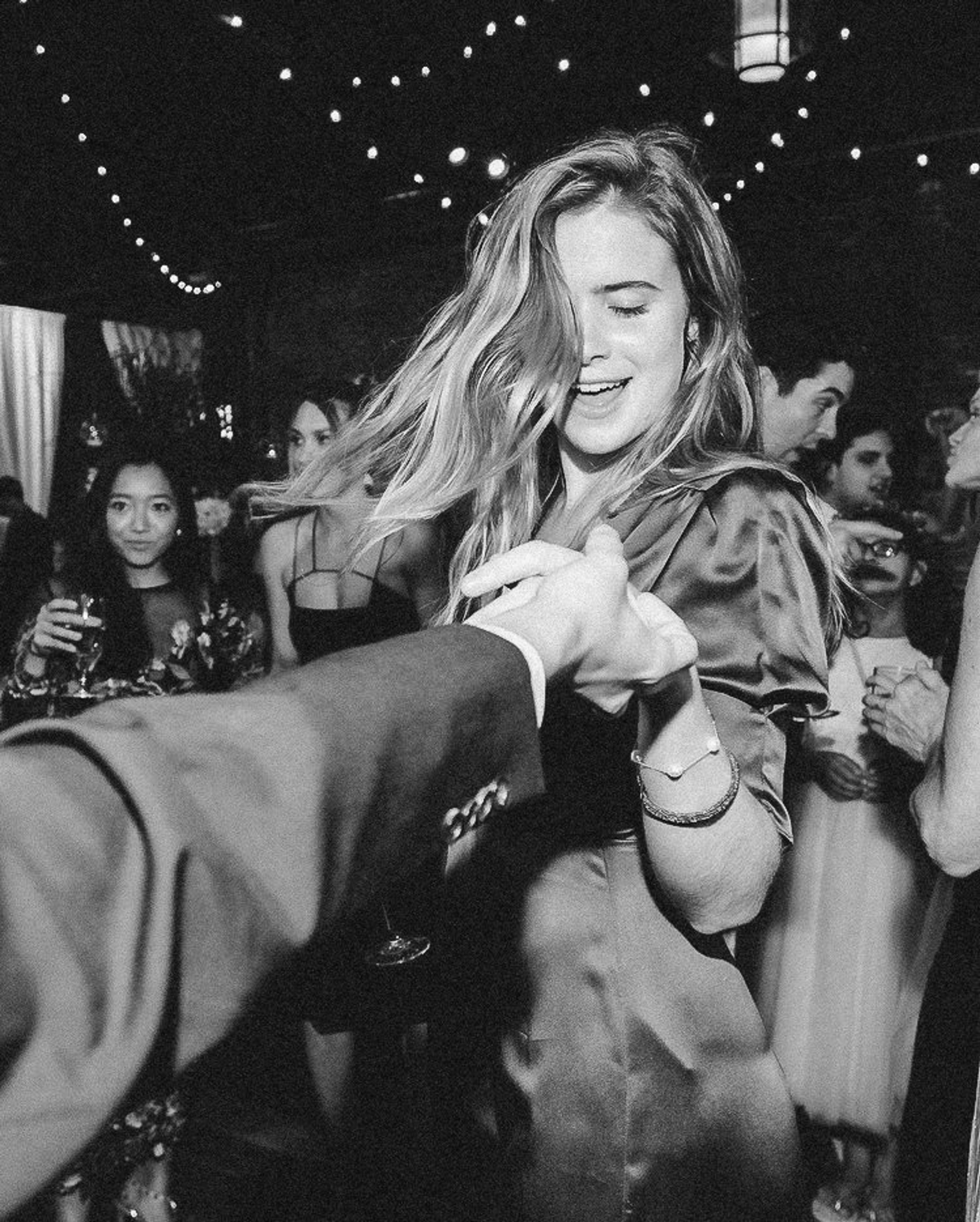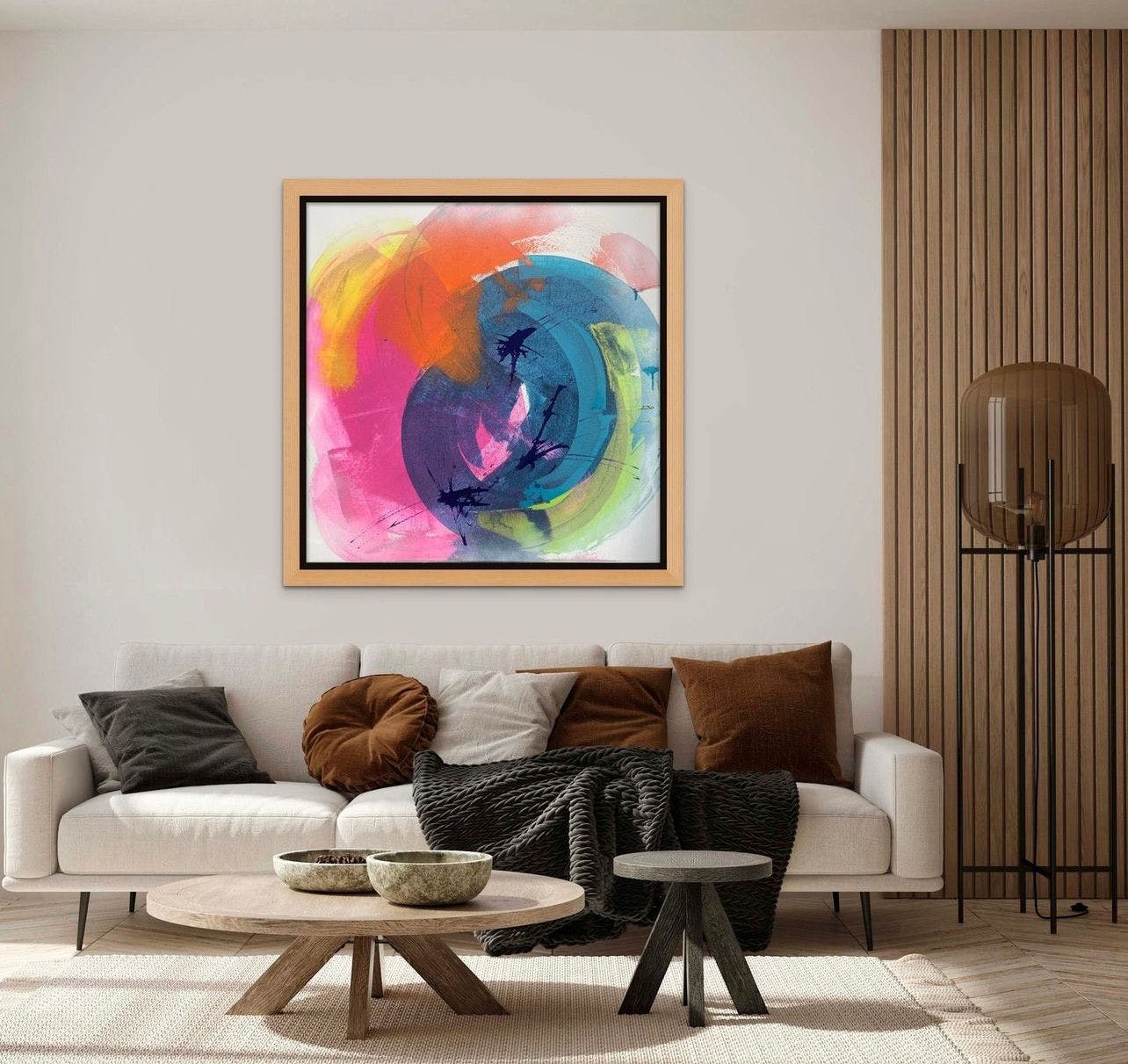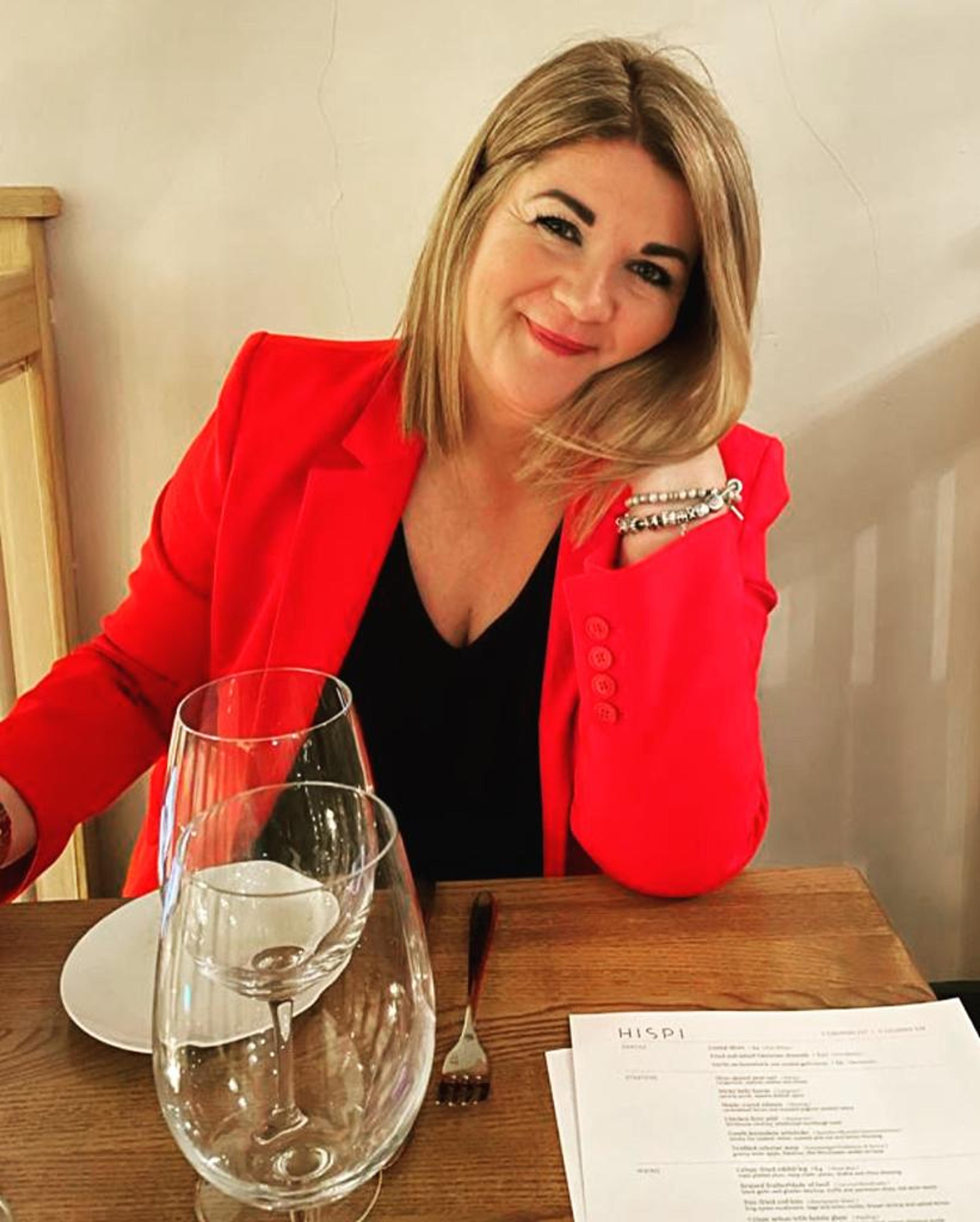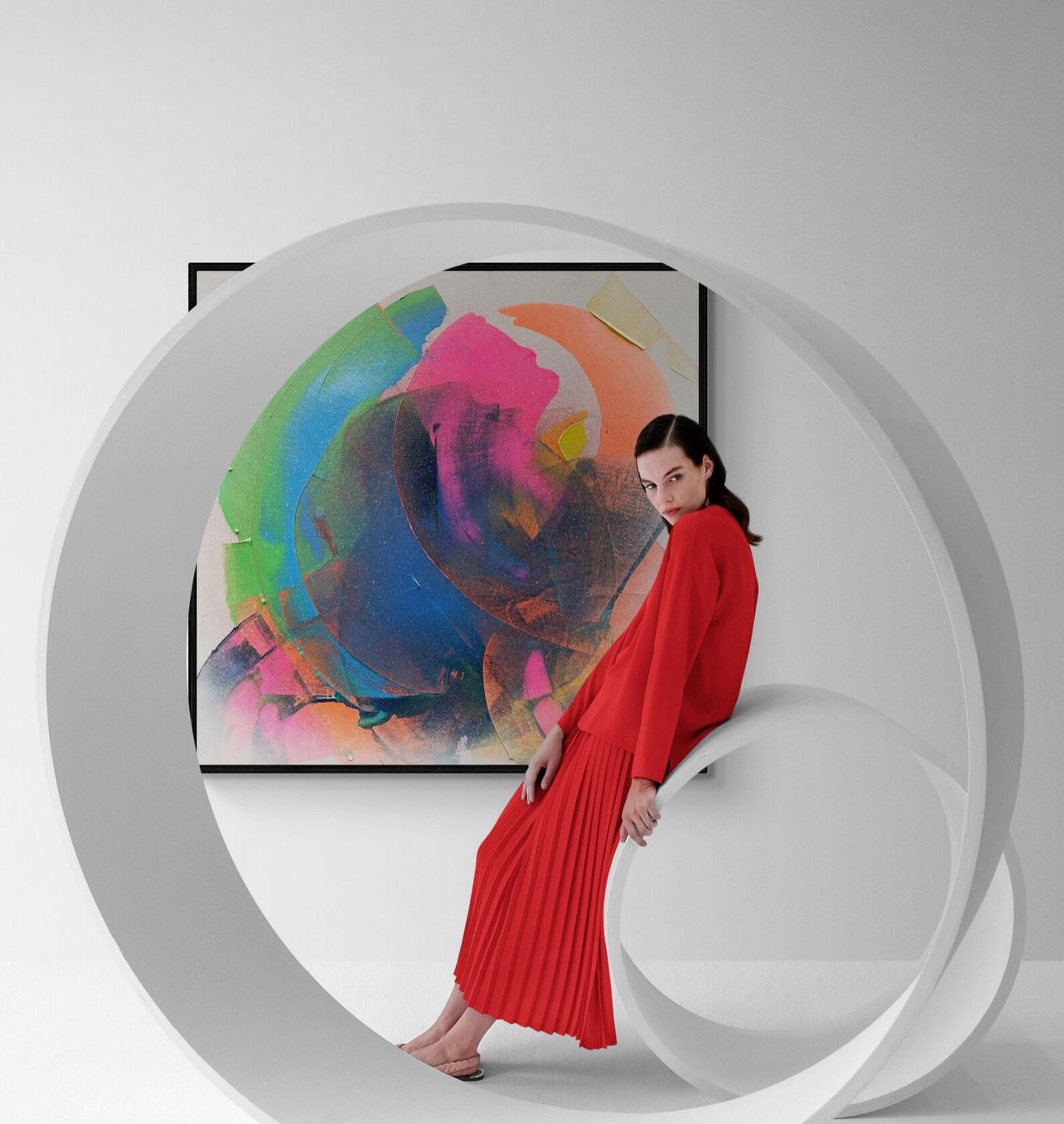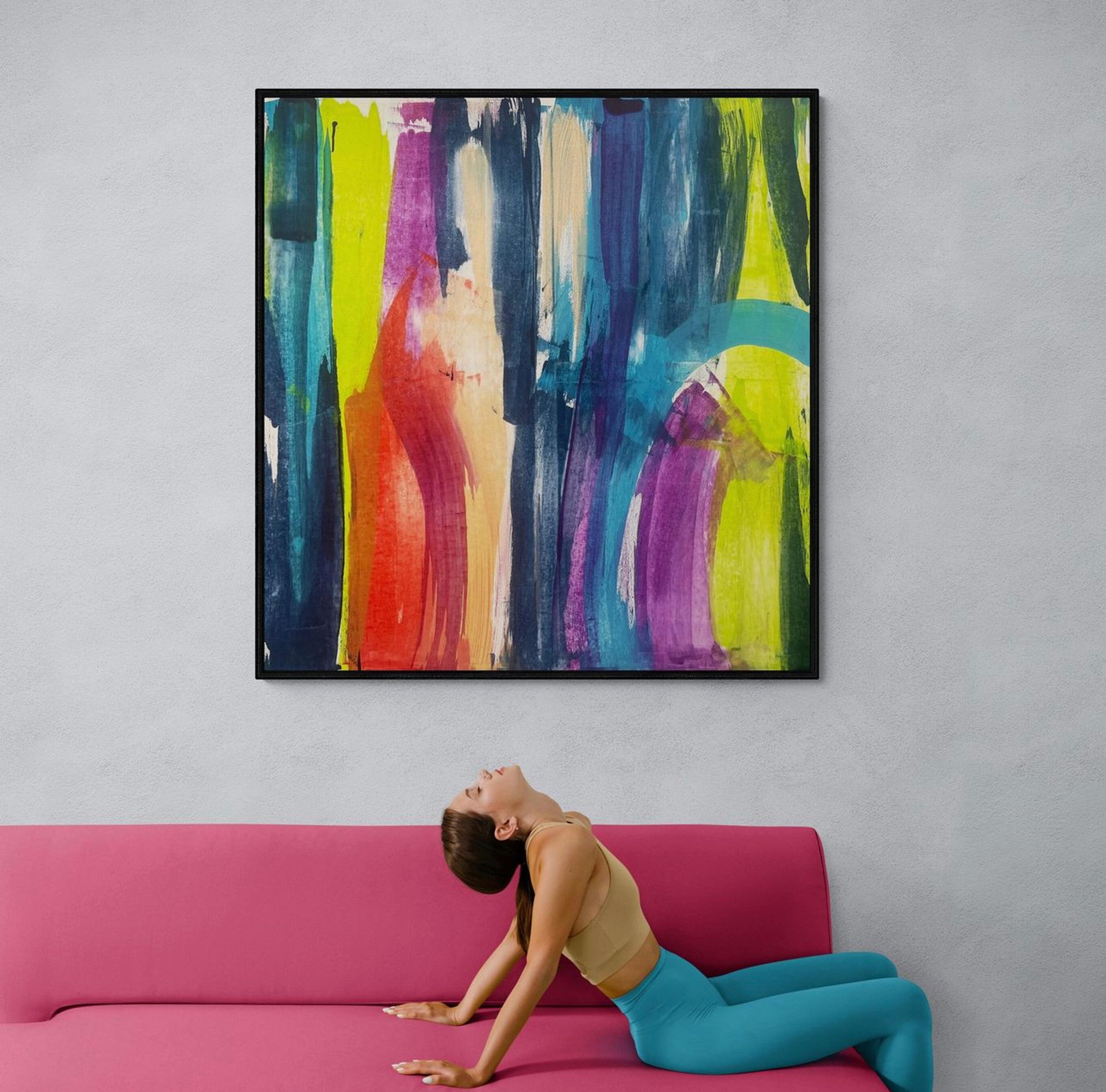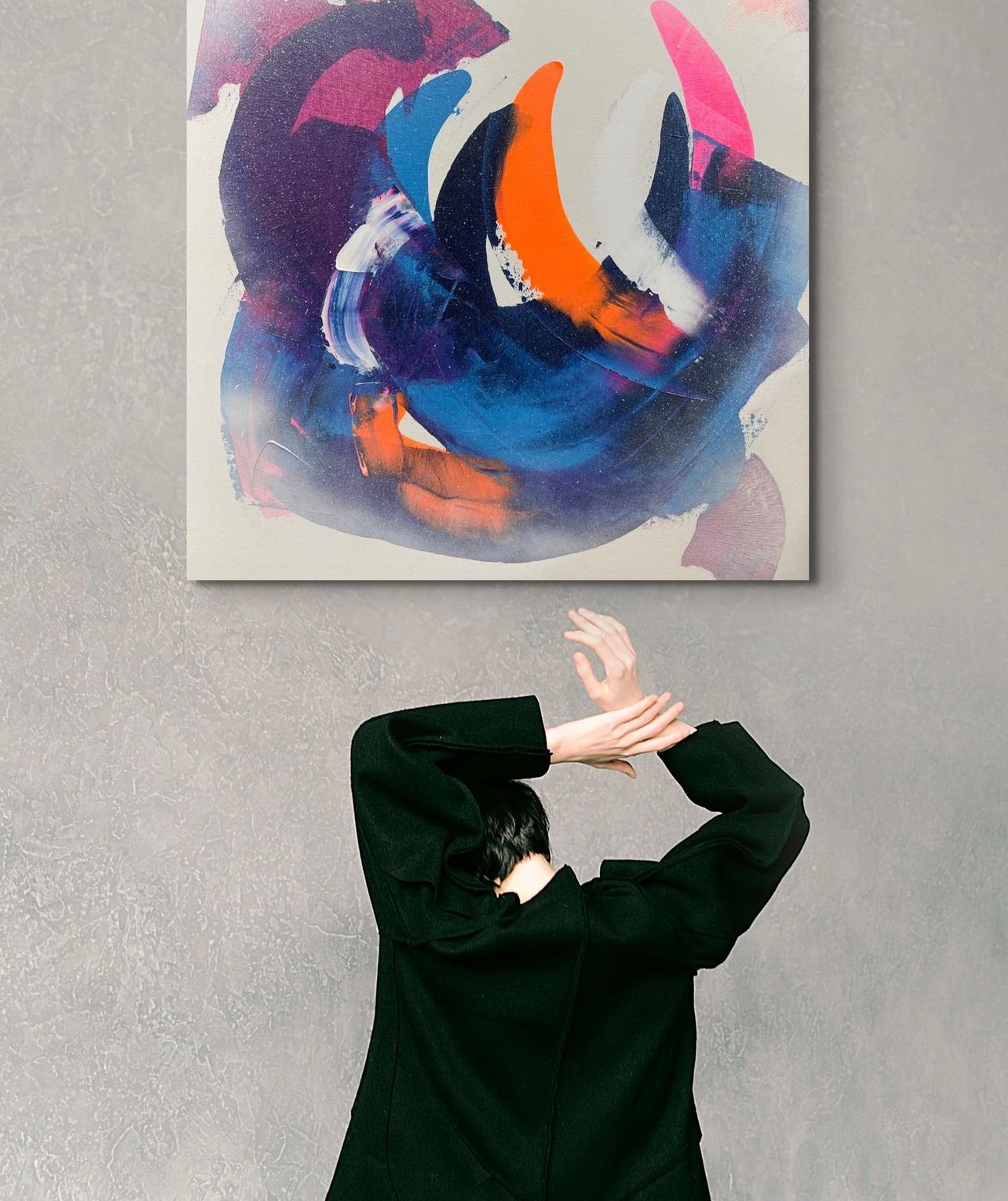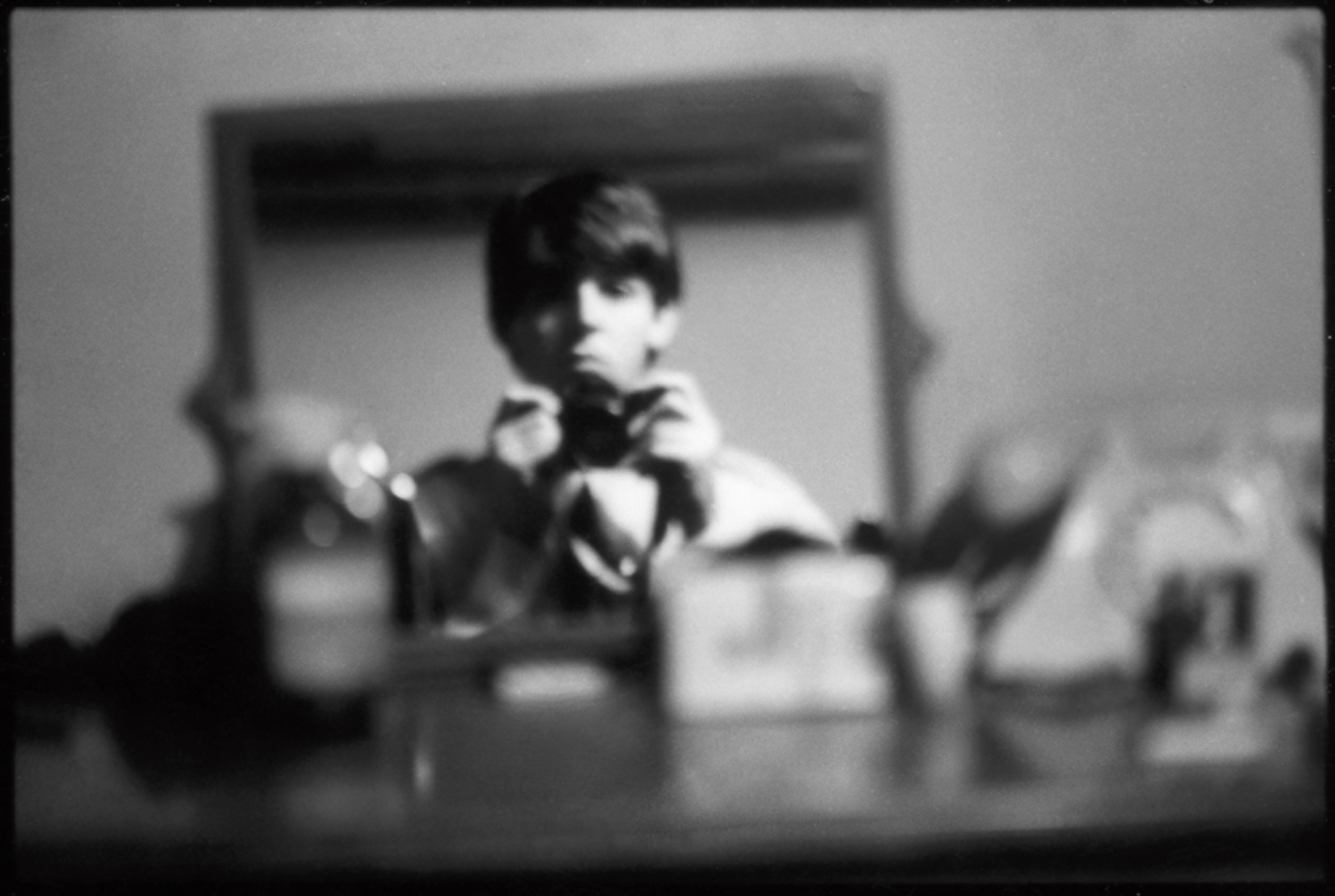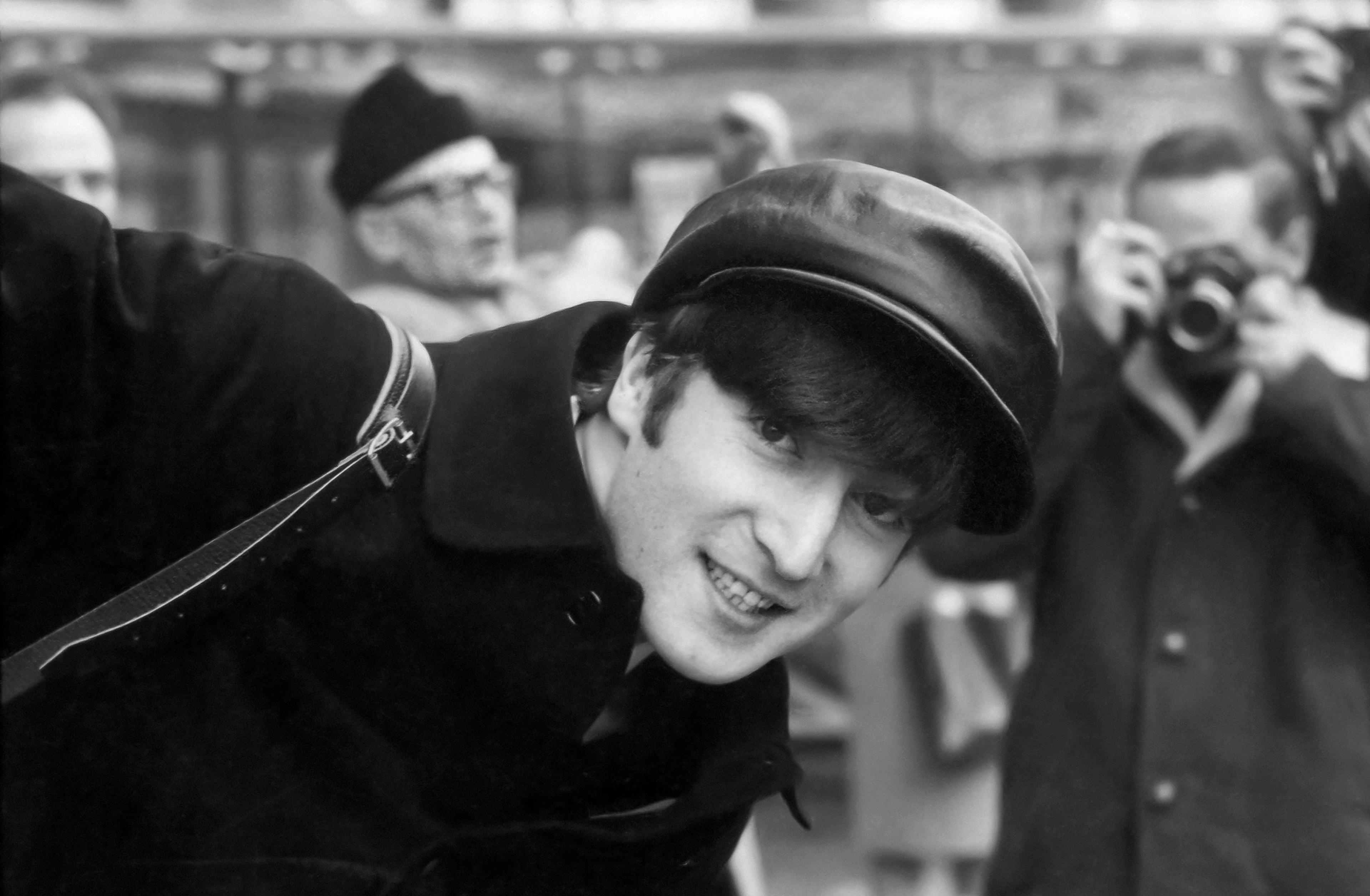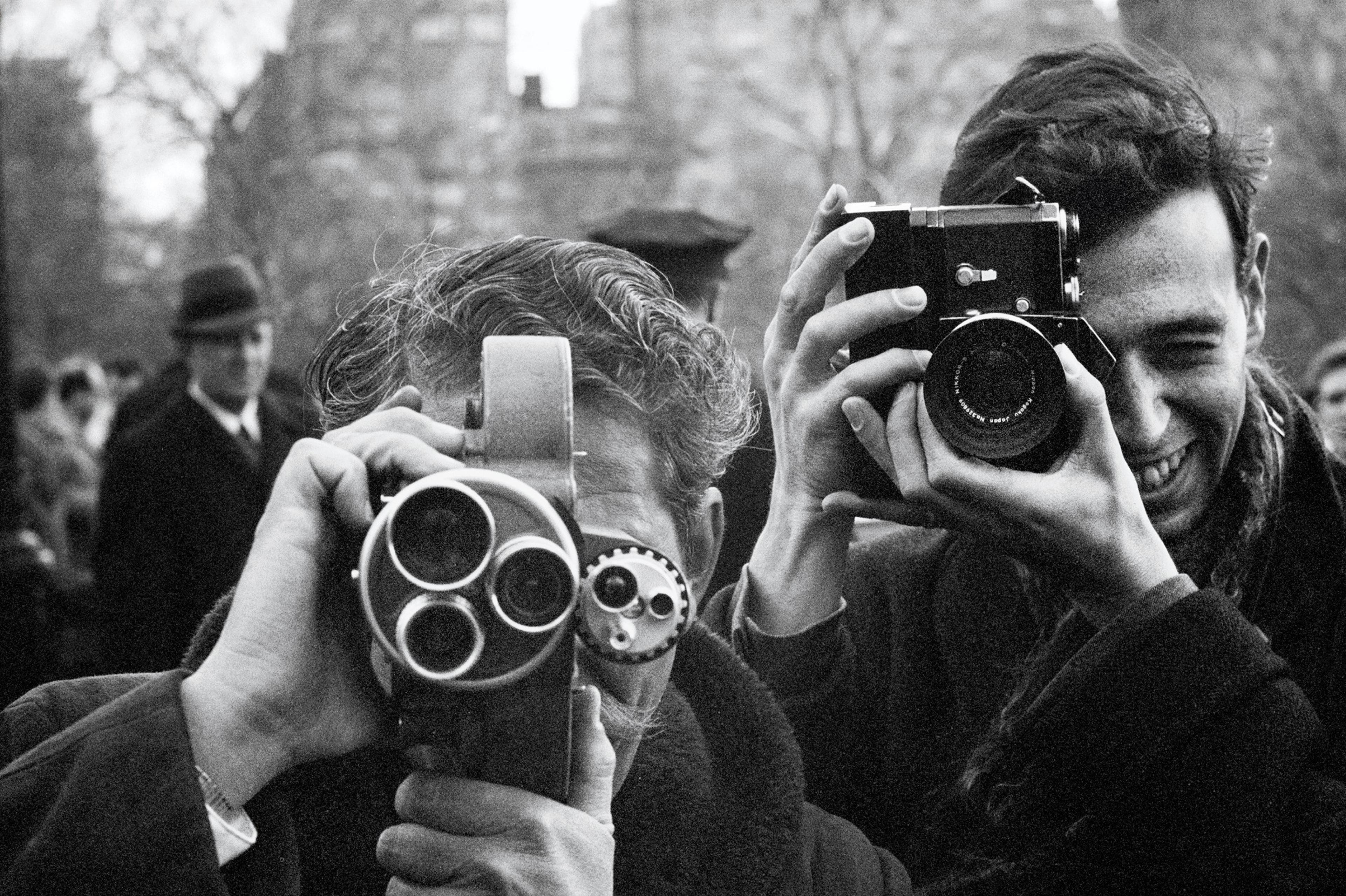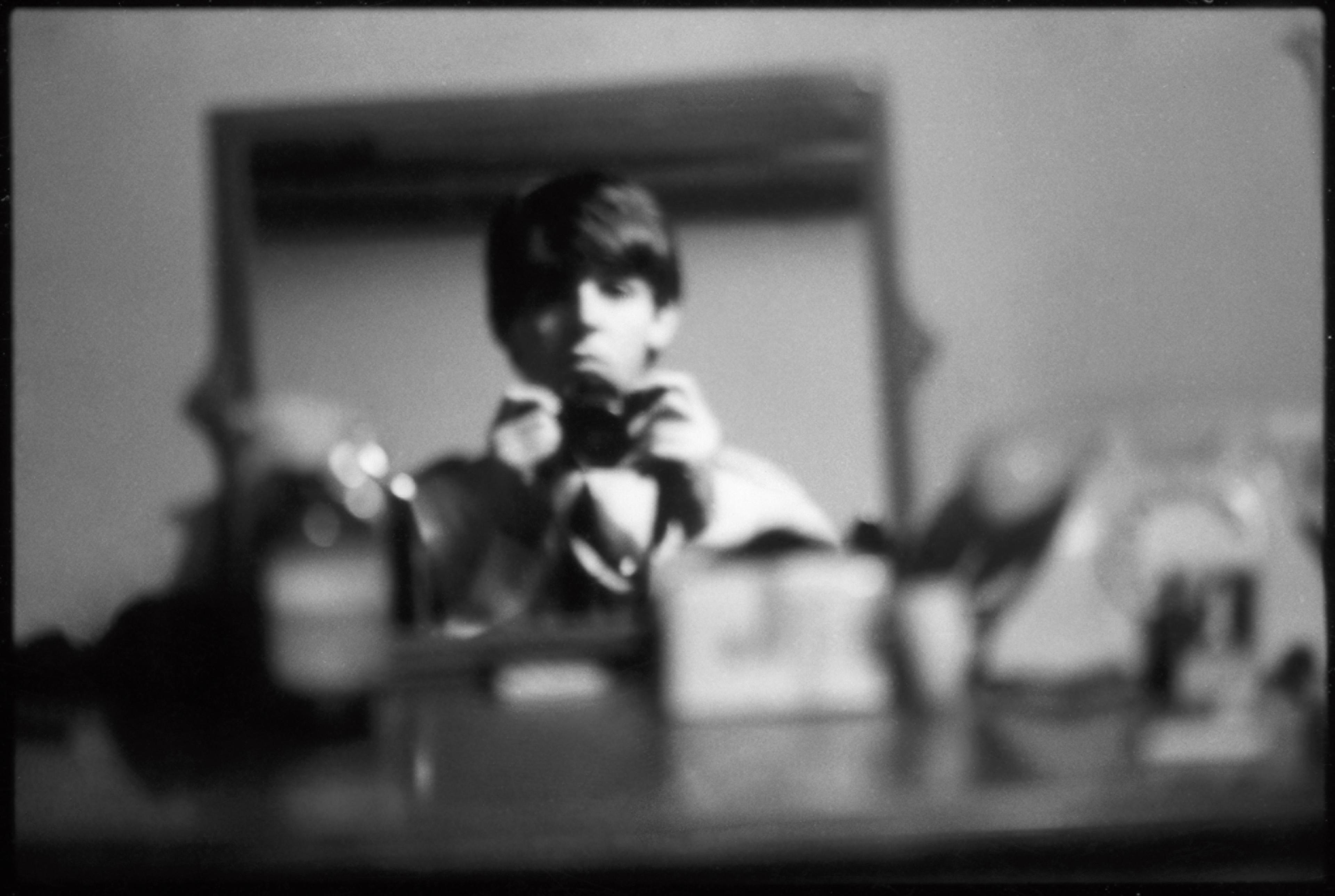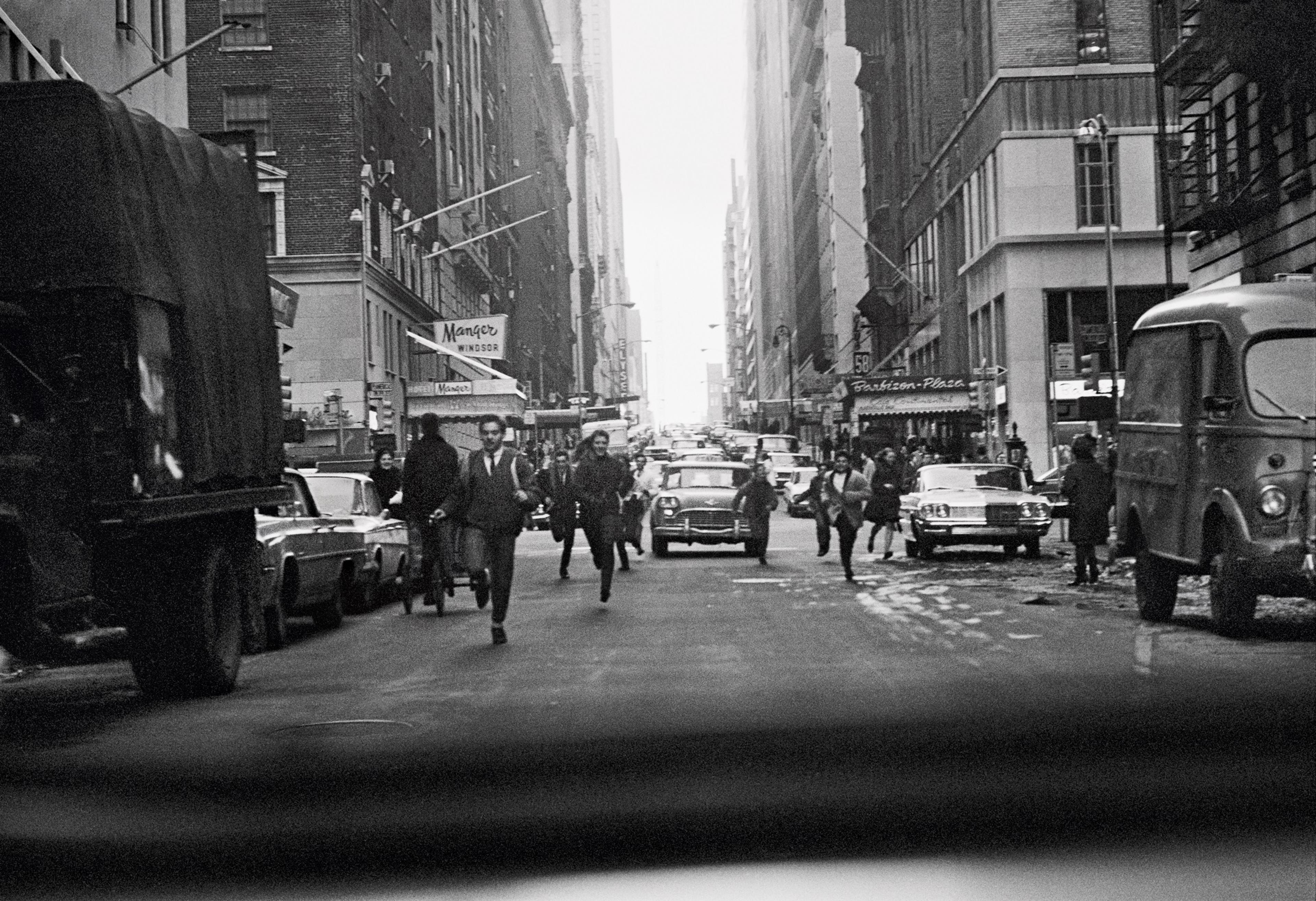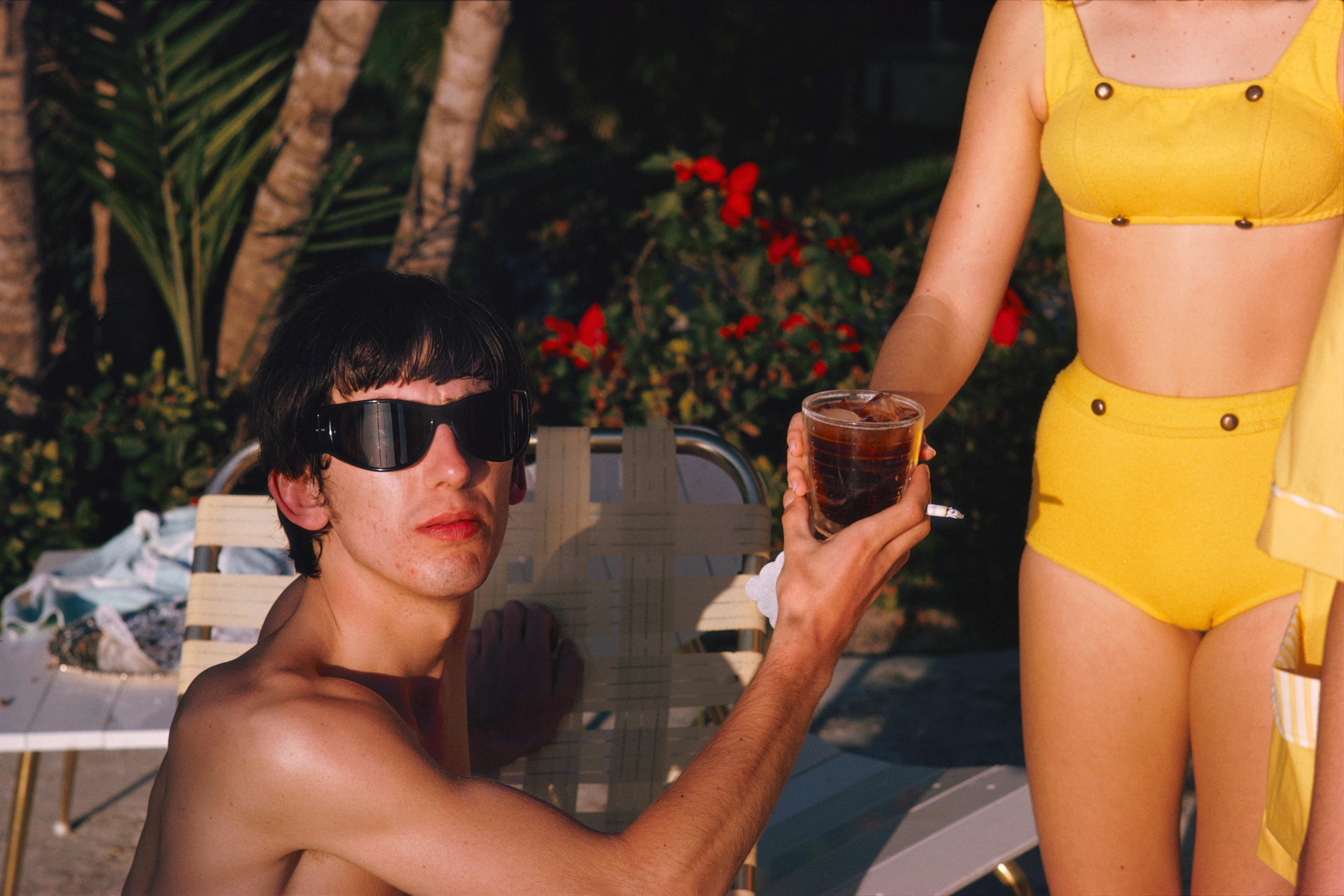Welcome to an inspiring journey into the world of art, creativity, and profound human connection. Today, House of Coco is thrilled to sit down with the incredibly talented self-taught artist, Cherie Harte. Her art is more than just a visual experience; it’s a gateway to emotions, healing, and universal love. In this exclusive interview, we delve deep into Cherie’s childhood experiences that shaped her artistic style, the transformative power of her creative process, and the unique inspirations that breathe life into her artwork.
Get ready to be captivated by her spirit, her resilience, and the boundless love that flows through every stroke of her brush. This is more than an interview; it’s an invitation to explore the depths of creativity and the limitless potential of the human heart. Welcome to a conversation that transcends art and touches the very soul.
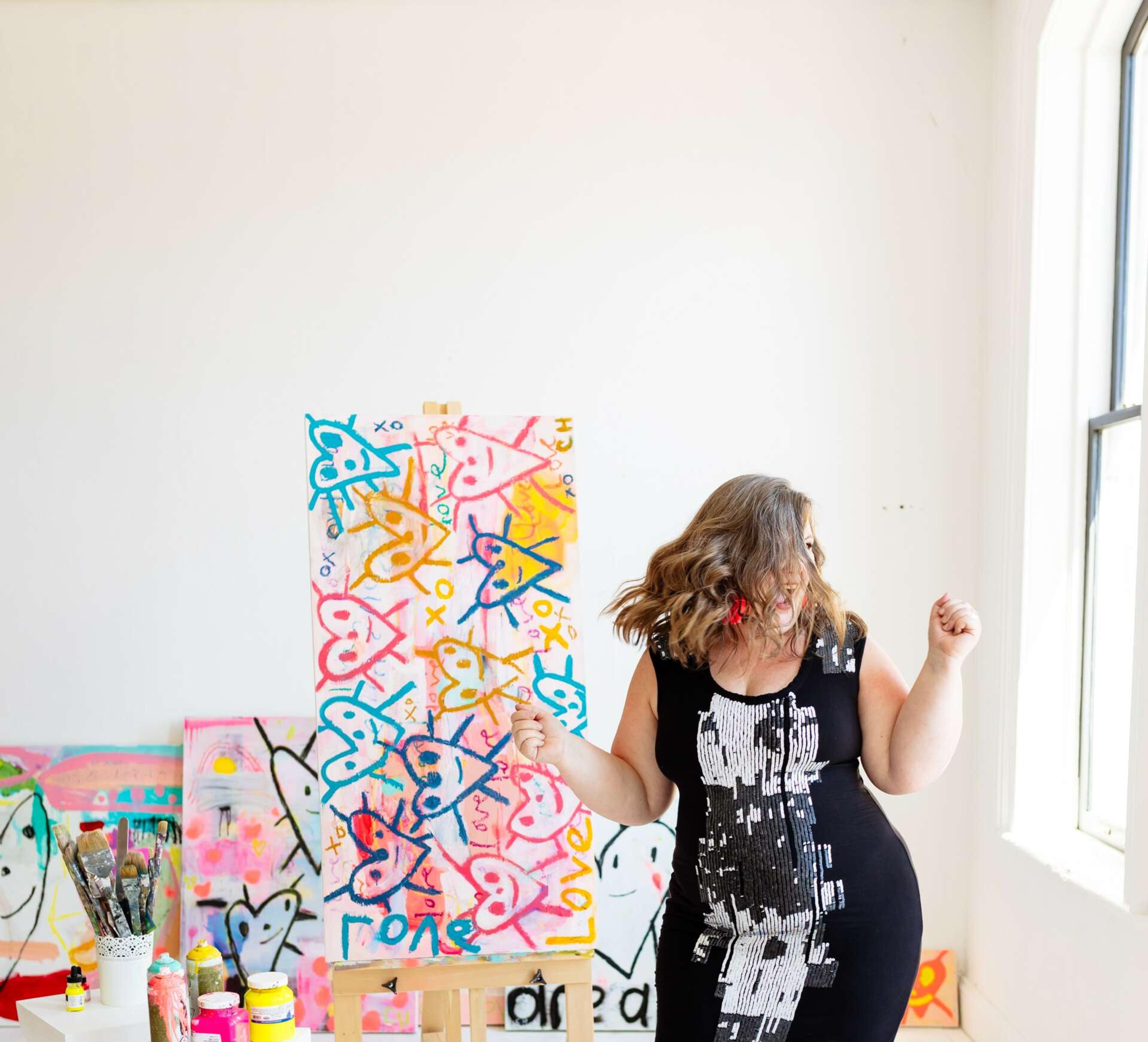
Can you share your journey as a self-taught artist and how your childhood experiences influenced your artistic style?
I fondly remember spending hours as a child either drawing or redecorating my bedroom. Looking back, I realize that I was crafting my own escape from a challenging childhood through these creative endeavors.
Art became my sanctuary—a safe, loving world that soothed my young soul.
However, during my teenage years, I distanced myself from art due to discouragement from teachers and counsellors who deemed me not “good enough” for the art world. Back then, pursuing art, especially for women, seemed out of reach.
Fast forward to my late 30s: amidst a crumbling marriage and an autoimmune disorder diagnosis, a dear friend invited me to a local art workshop. Reluctant at first, I eventually gave in to the calling. I rekindled my passion, transforming my living room into an art studio.
In a few years, the director of a Toronto art gallery suggested a solo show for my work. Taking a leap of faith led to the beginning of a remarkable journey.
How do you want people to feel when they experience your work?
I want people to feel embraced, seen, and deeply cared for, regardless of their backgrounds. My art aims to evoke a profound sense of humanity, offering a safe space for diverse emotions to surface organically. From there, I hope to guide viewers towards celebration and healing—two intertwined processes in my creative universe.
If you were limited to using only one colour in your future artworks, which colour would you choose?
Without a doubt, it would be PINK! Pink embodies unconditional universal love, compassion, and relationships, resonating with the heart, third eye, and crown chakras.
Could you describe your approach to creating a new piece of artwork? Do you follow a specific process or routine?
My studio ritual begins with lighting a candle, white sage, or incense, creating a sacred space. Engaging in self-reiki and setting intentions, I journal stream-of-consciousness for three pages—a practice inspired by Julia Cameron’s “The Artist’s Way.”
This journaling informs my canvas or textile work, where I weave my daily experiences, infused with the essence of universal love and healing. Aromatherapy, reiki, oracle card readings, crystals, and sound healing are integral elements in my creative sessions, imbuing each artwork with energetic medicines.
What’s the most unusual inspiration that has sparked one of your artworks?
Certainly, it’s the messages from external sources—a beautiful surrendering to something larger than myself. Through my studio practice, I receive downloads and messages meant to be shared, guiding my artistic expression.
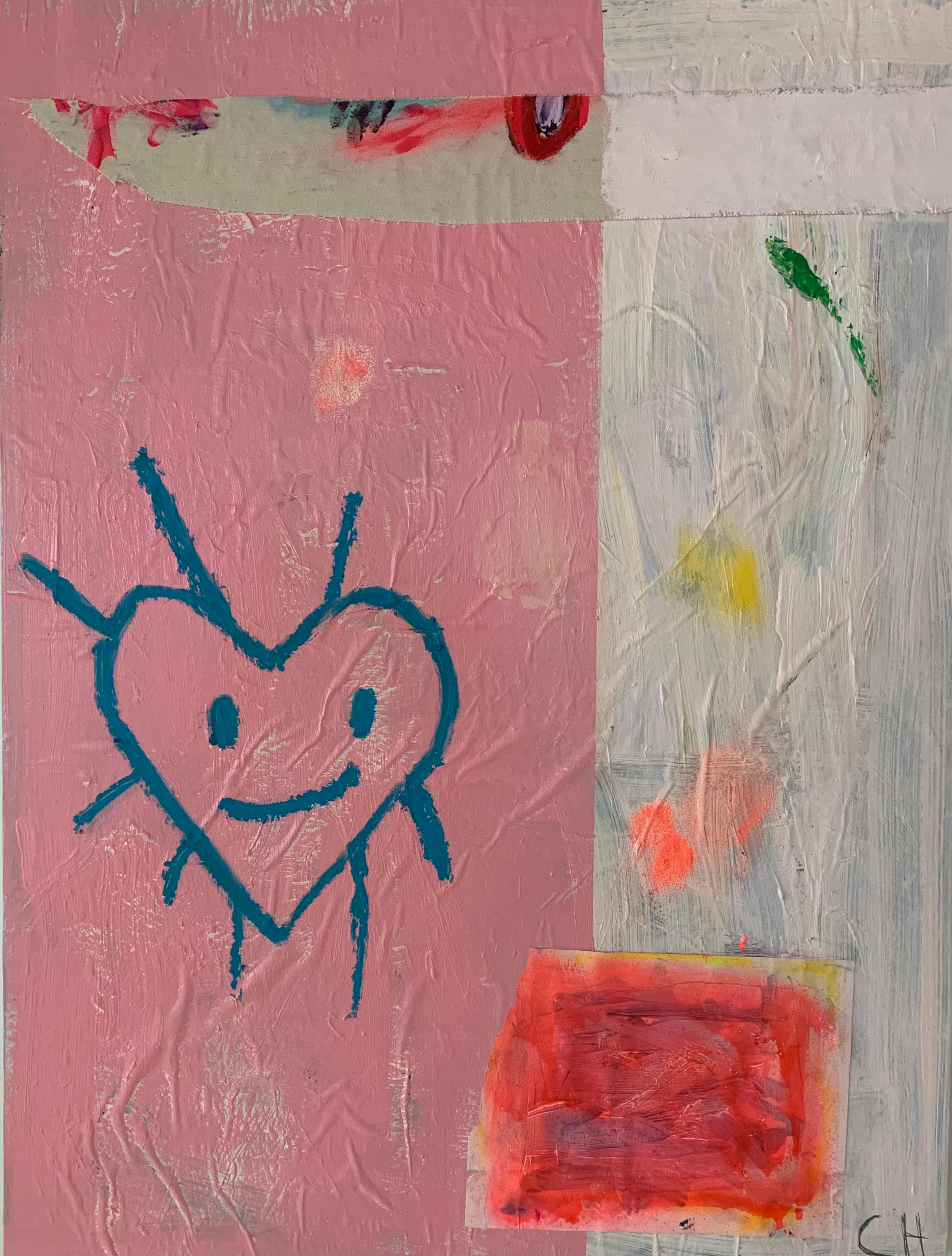
If you could create art for any public figure, who would it be and why?
While I don’t follow many celebrities, Oprah Winfrey has always inspired me. Her resilience, spiritual depth, and commitment to healing and love resonate profoundly. Her ability to navigate life’s challenges while illuminating a path for others aligns with my artistic vision.
What’s the most memorable place you’ve created art, and what made it special?
Creating art in Santiago, Chile, stands out as an unforgettable experience. Staying in a heritage home turned art studio, the space was magical, filled with history and creativity. Access to Palolo Valdés Bunster’s studio, with its indoor bridges, swings, and sculptures, was inspiring. The intimate connection with Chilean art, coupled with the warmth of the people, fueled my creativity.
If you could time travel to any era to create art, where and when would you go?
I would journey back to the early-mid 1900s, collaborating with artists like Hilma afKlint, Georgia O’Keeffe, Frida Kahlo, Louise Bourgeois, and Joan Mitchell in New York, New Mexico, Mexico, and Paris.
What was the most challenging artwork you’ve created, and what did you learn from the experience?
My recent piece, “Fluffy Heart,” created with a tufting machine, tested my patience and perseverance. Embracing the learning curve, I discovered the beauty in imperfections and the creative solutions that emerge from challenges. Each stitch, each tear, added unique character, teaching me the value of persistence and embracing quirks in artistic endeavors.
If you could collaborate with any artist, who would it be and what project would you work on together?
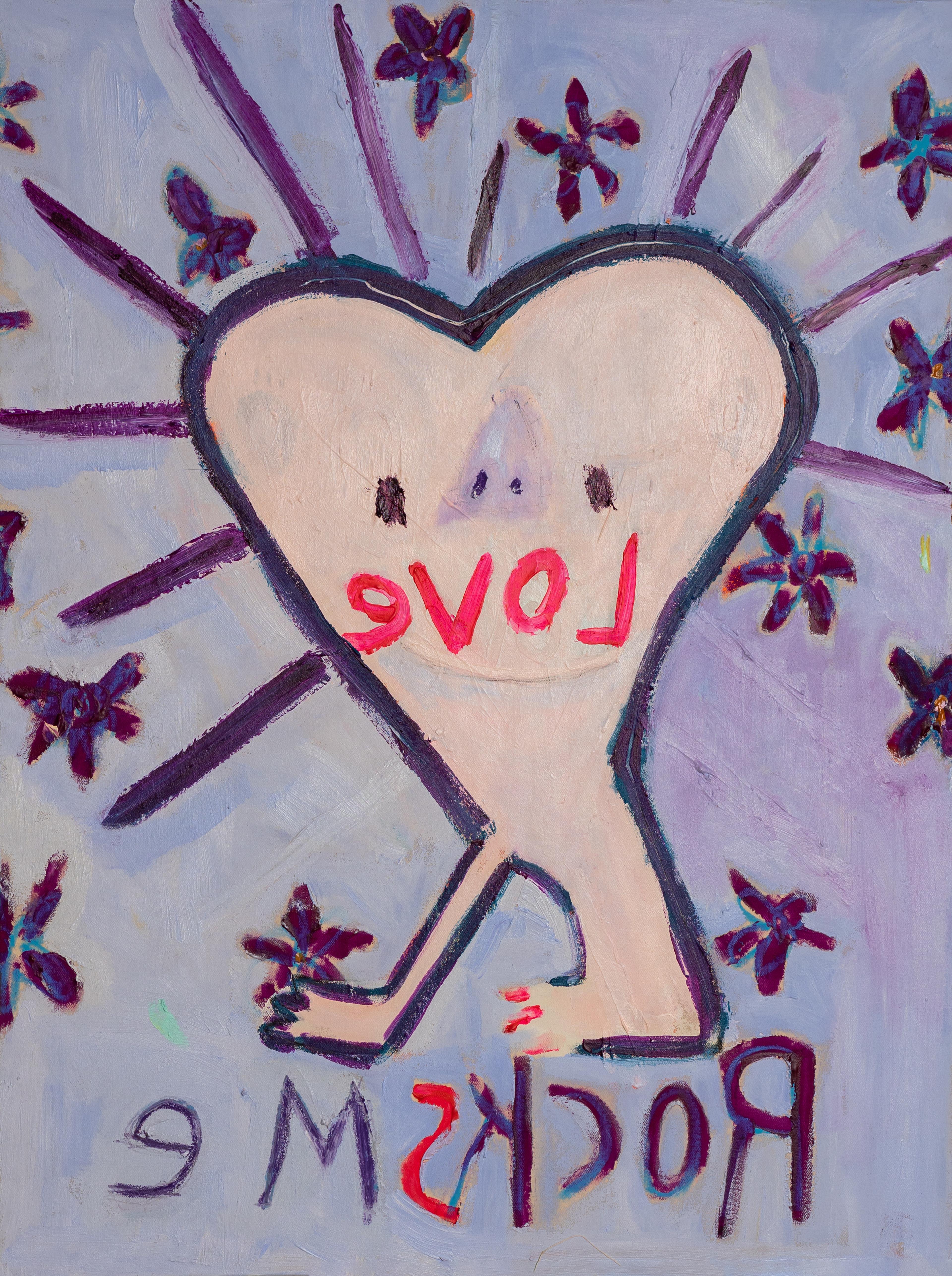
Yayoi Kusama is an artist I admire deeply. I dream of collaborating on a public healing garden—a blend of nature, spirituality, healing, and art. An immersive experience inviting introspection and connection with our shared humanity.
What’s the best artistic advice you’ve received, and how did it influence your work?
The best advice I received was that art is for everybody, but not all art is for everyone. Embracing this insight allowed me to detach from personal critiques, empowering me to continue creating without being swayed by others’ opinions.
How would you describe your art in three words?
Universal, loving, connection.
Lastly, where can readers find more about you and your work?
For more about my art, visit my website at www.cherieharte.com. Follow my creative journey on Instagram. Your connection means the world to me!

